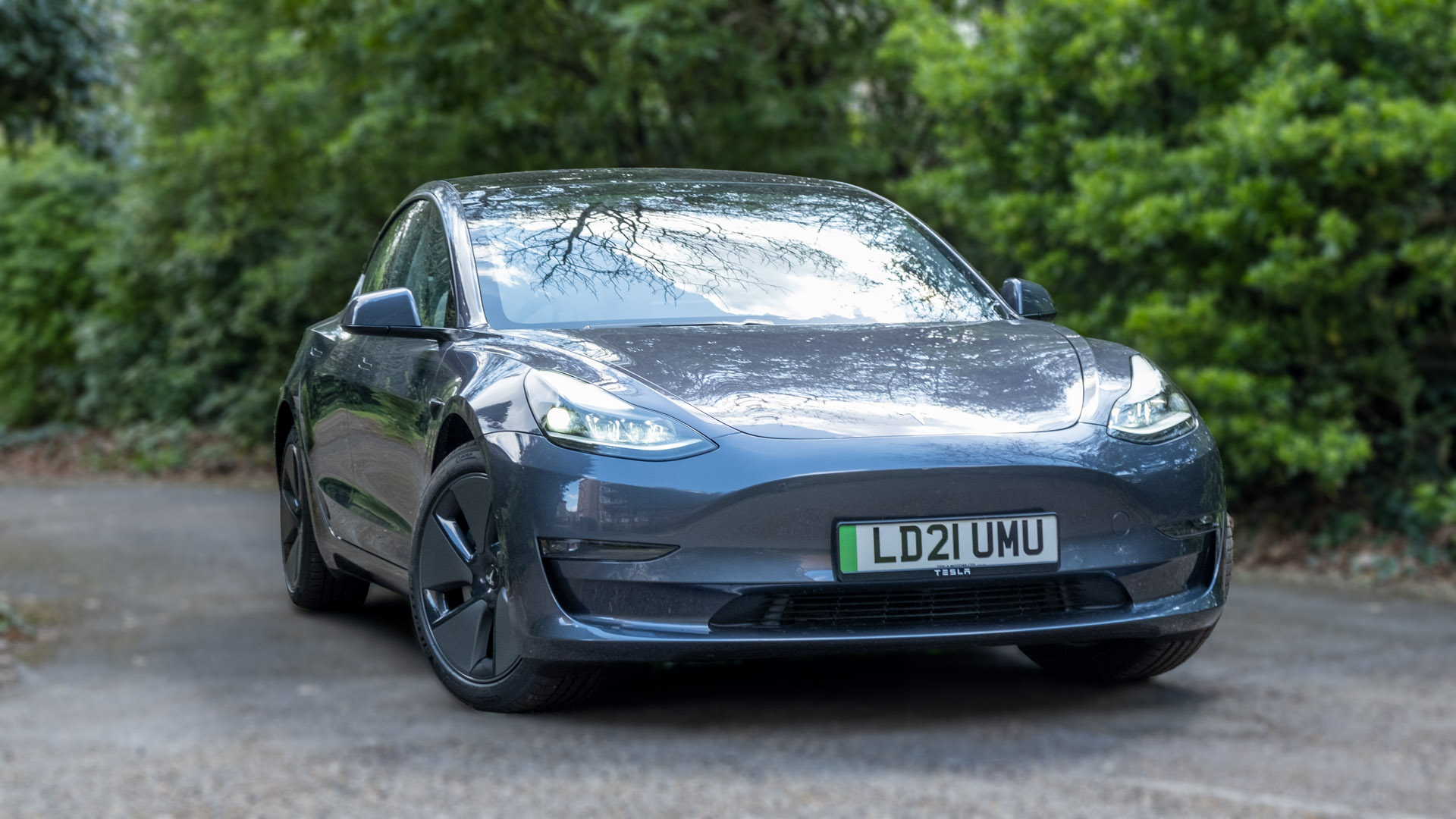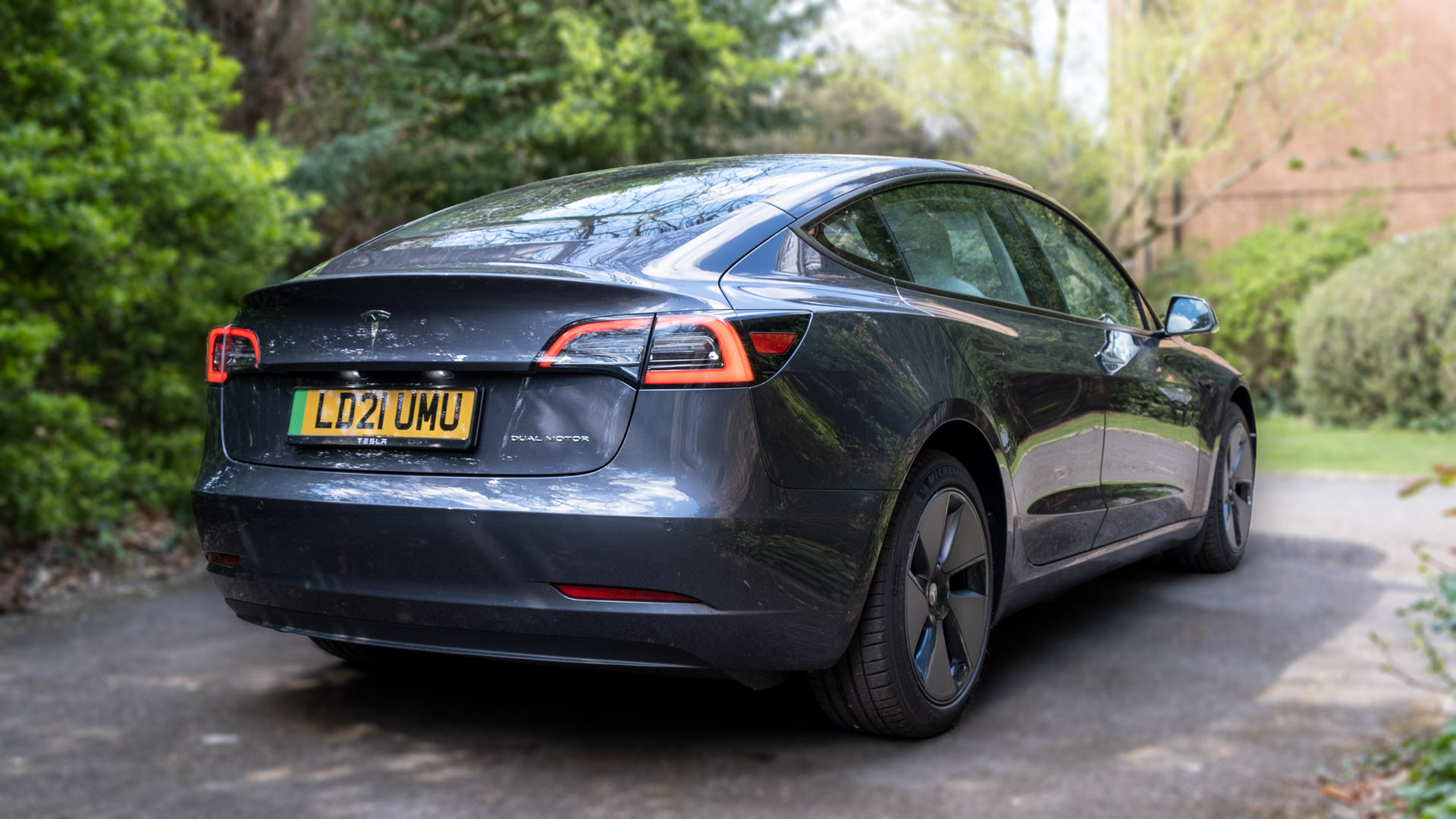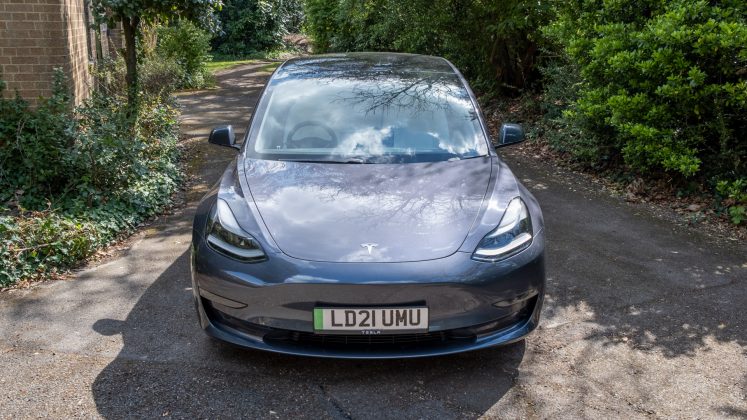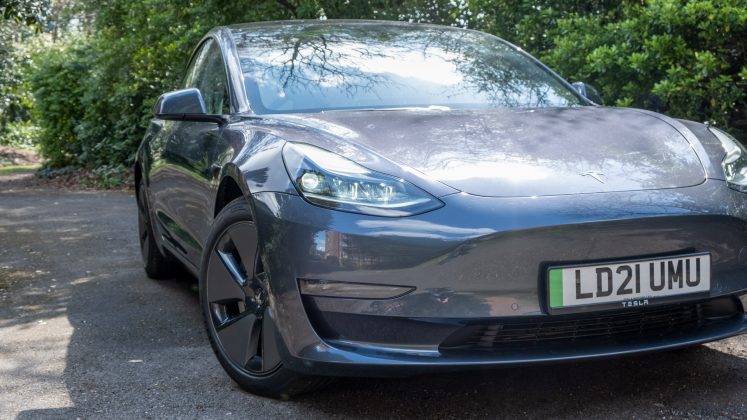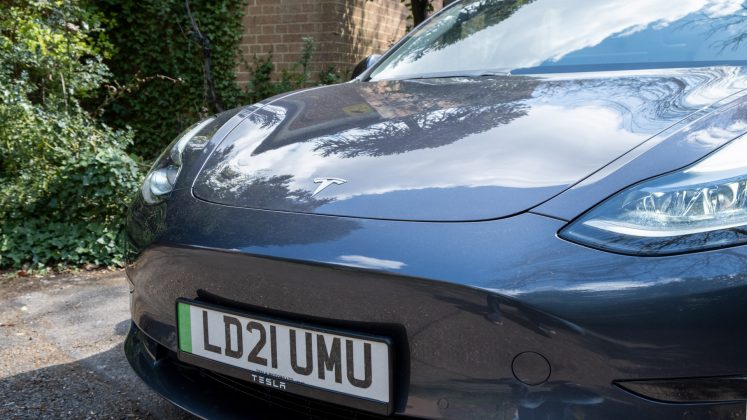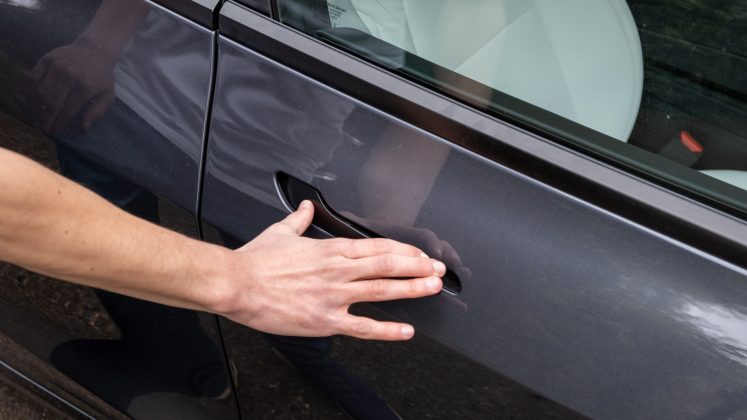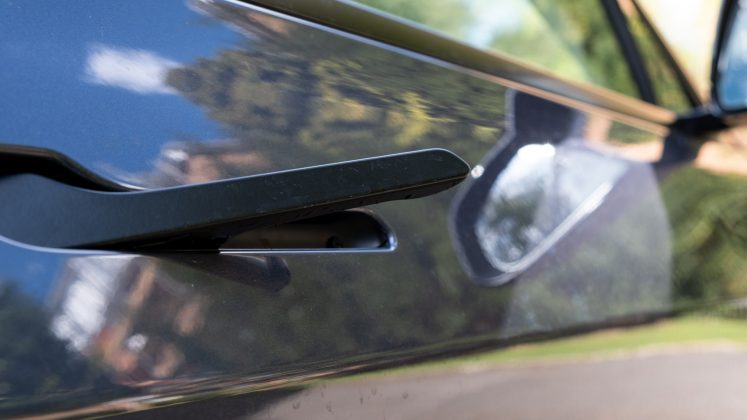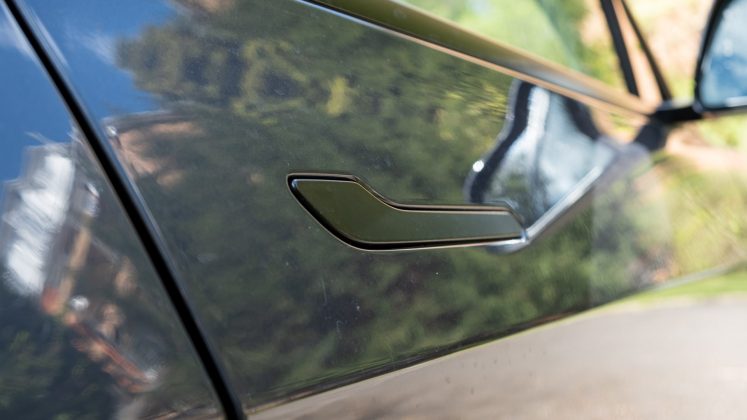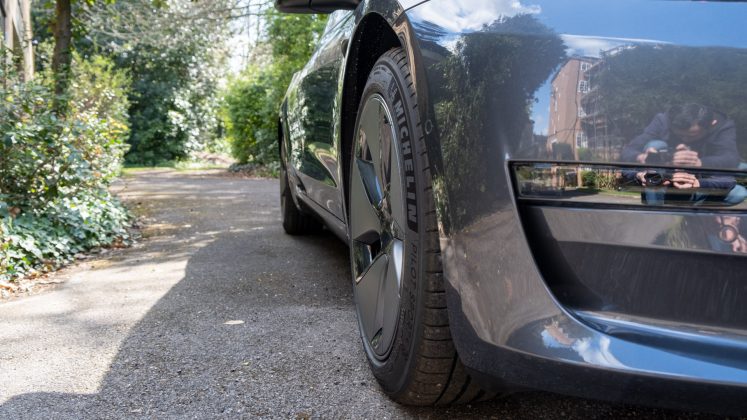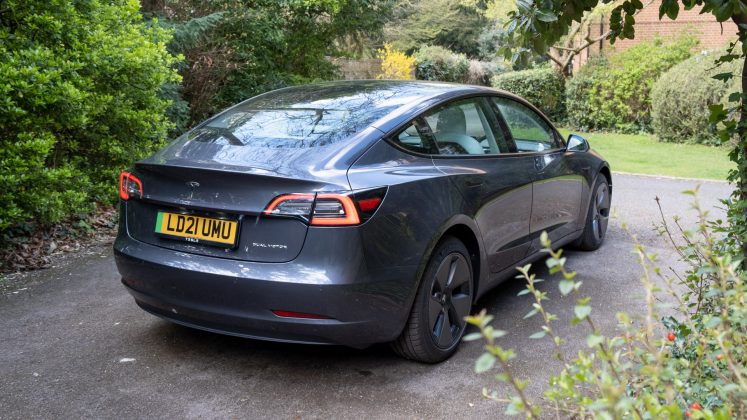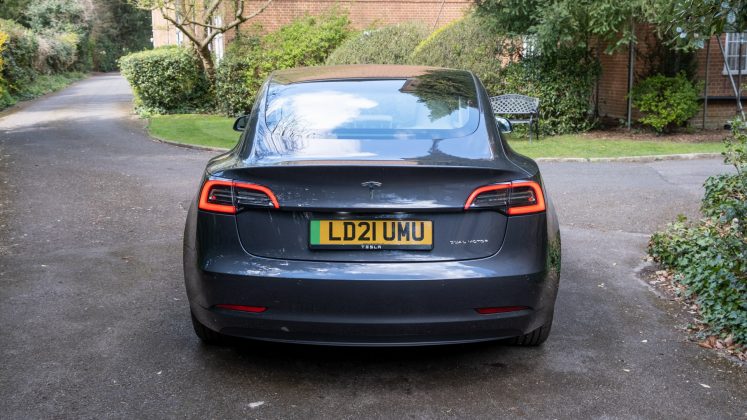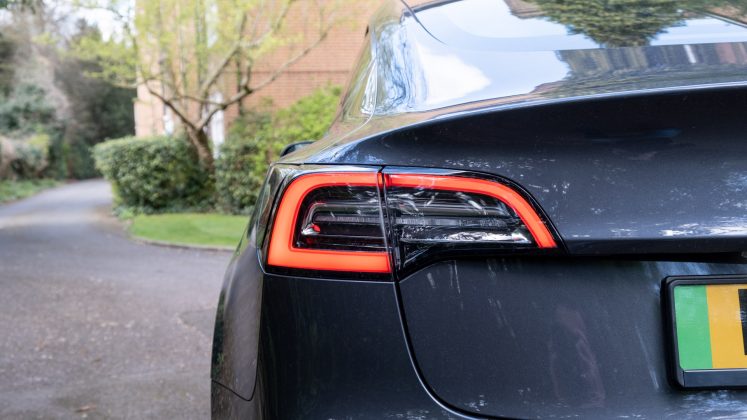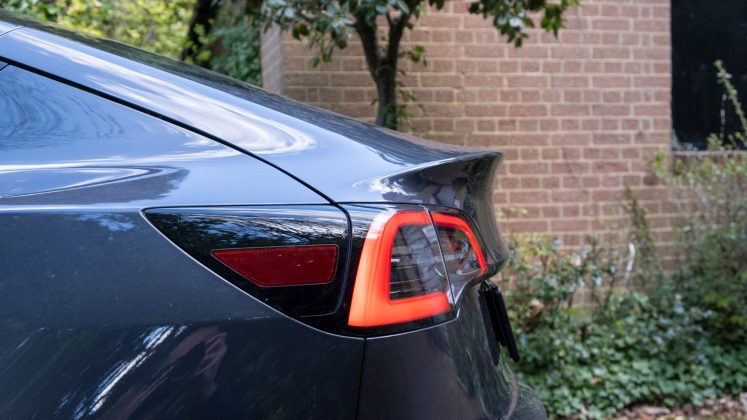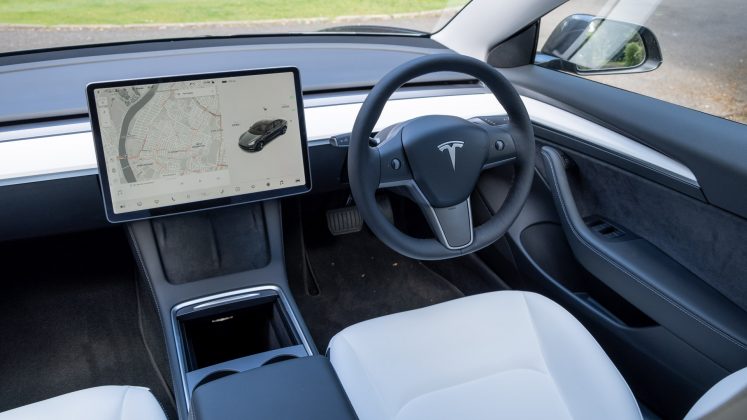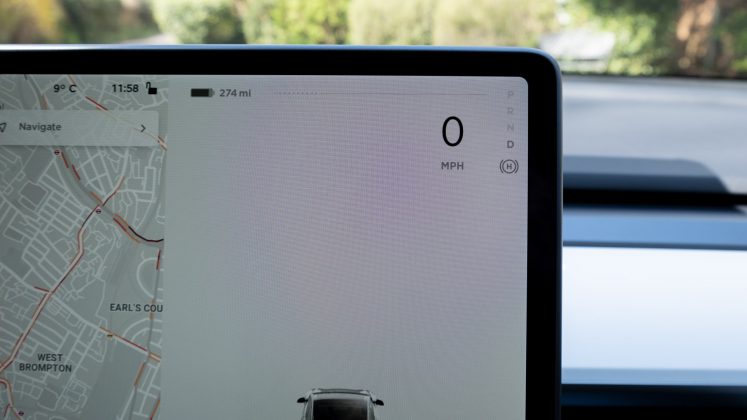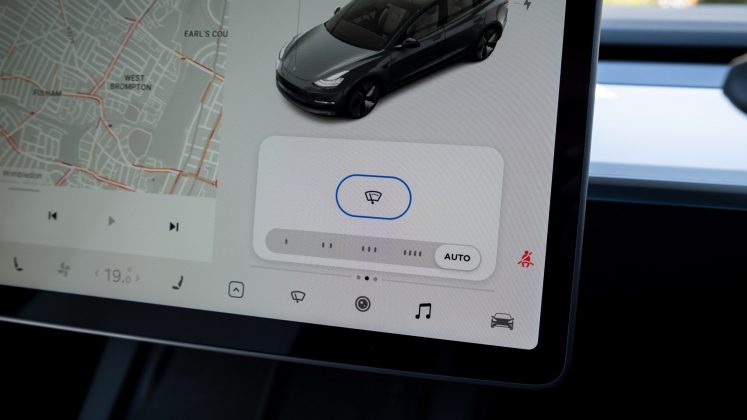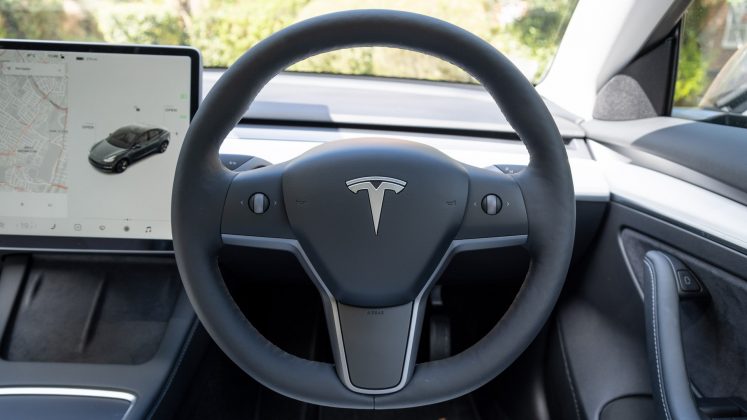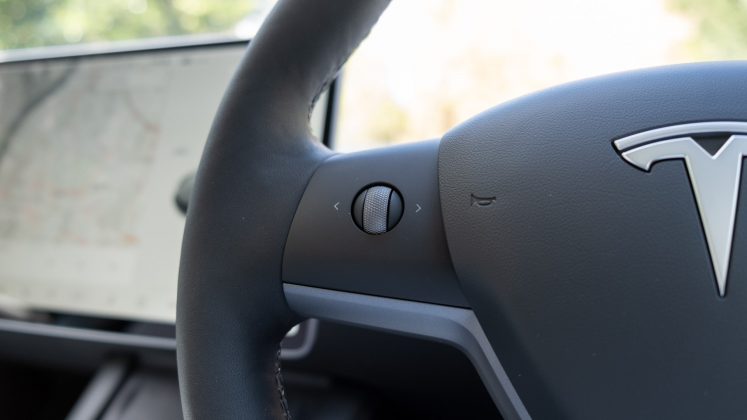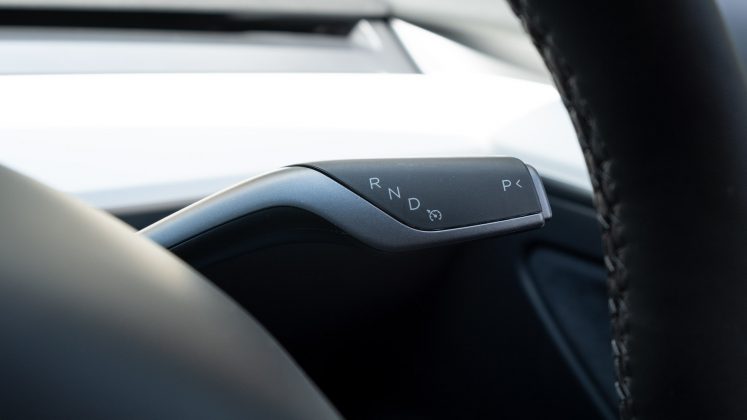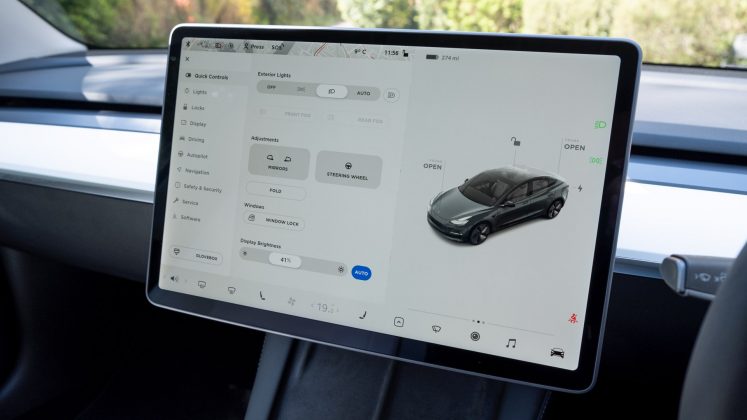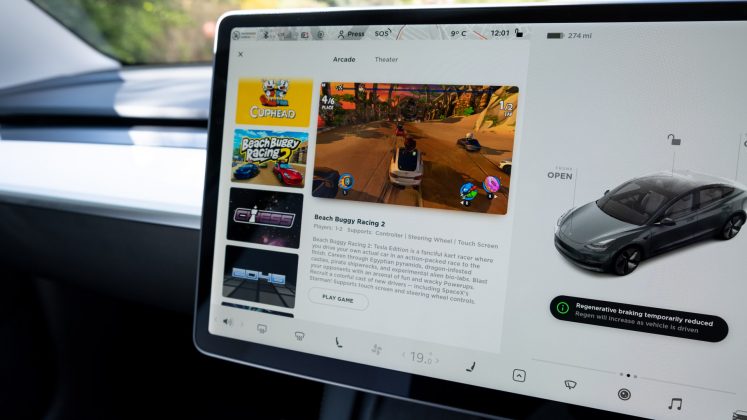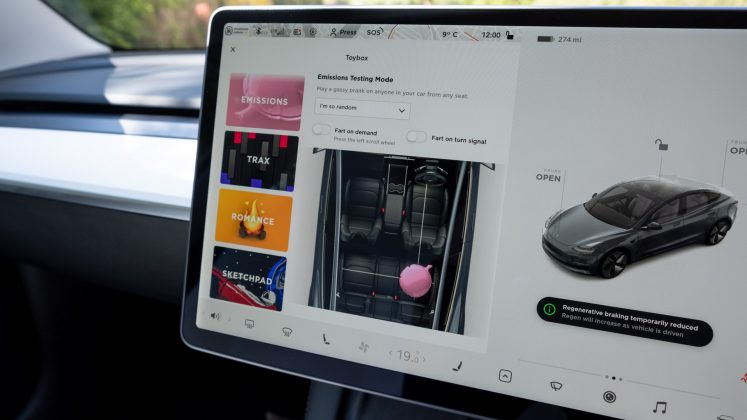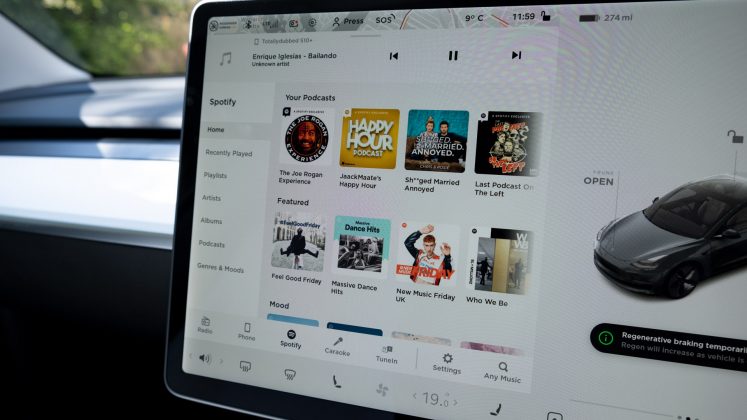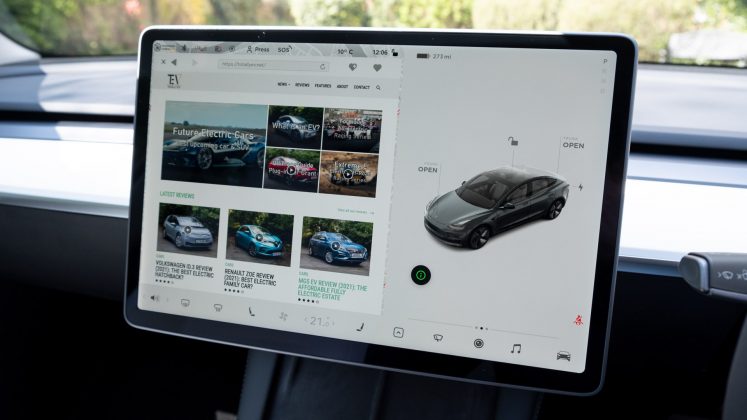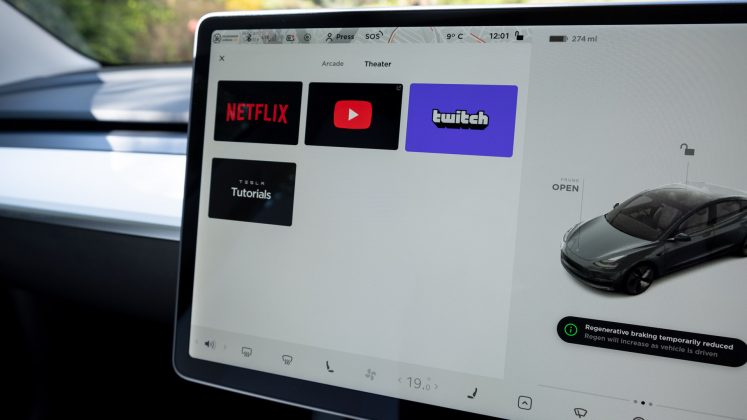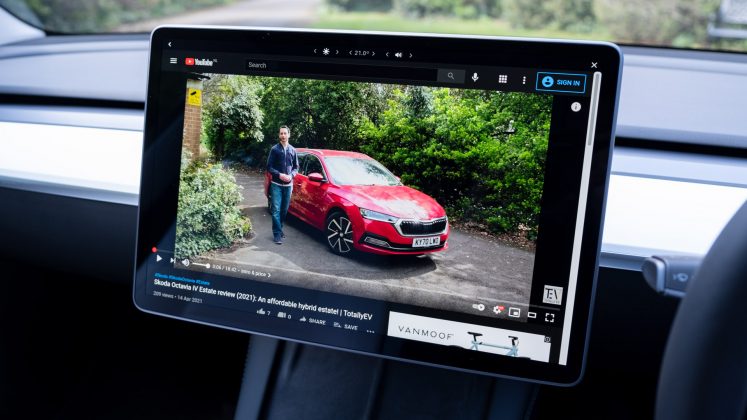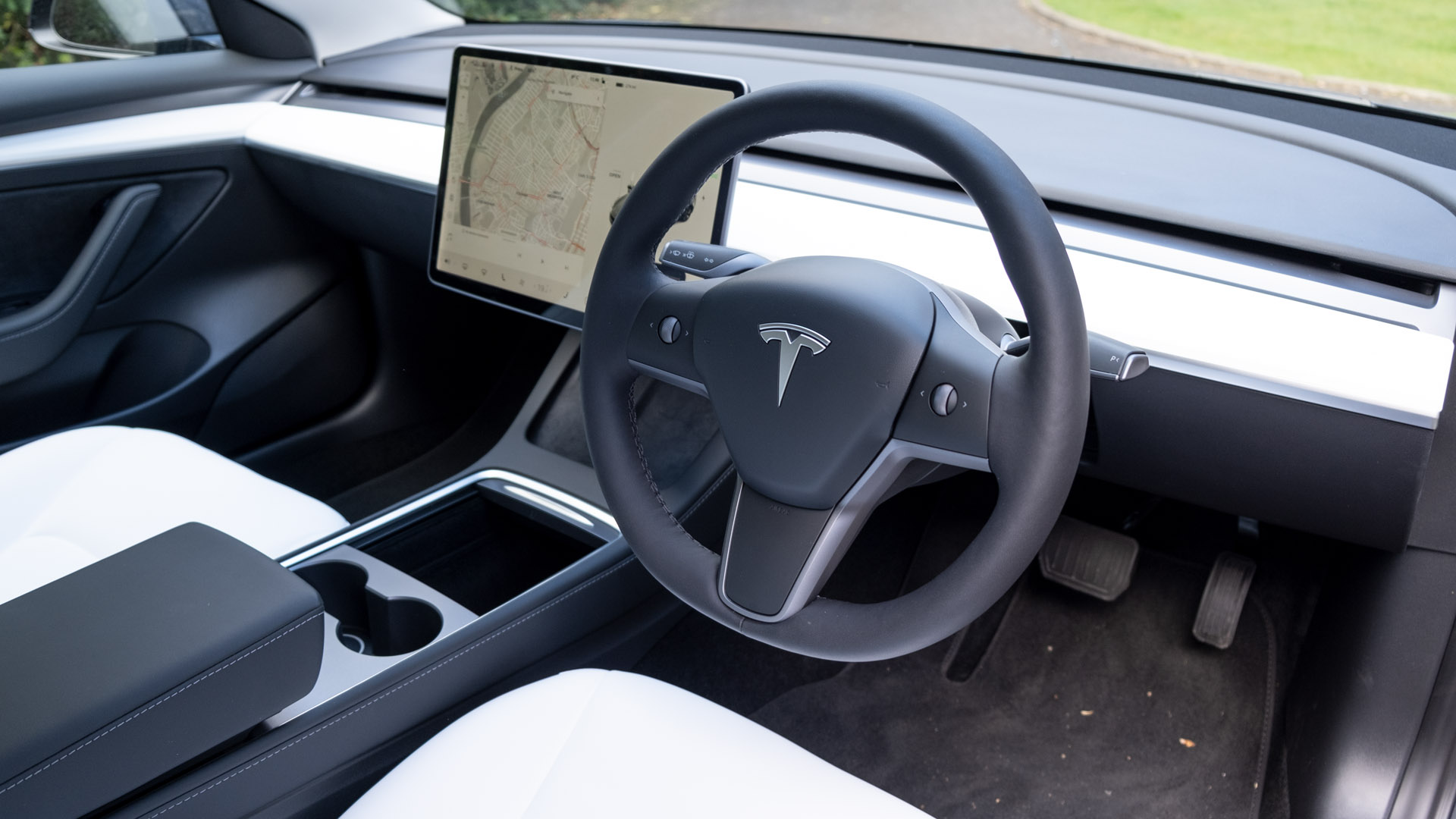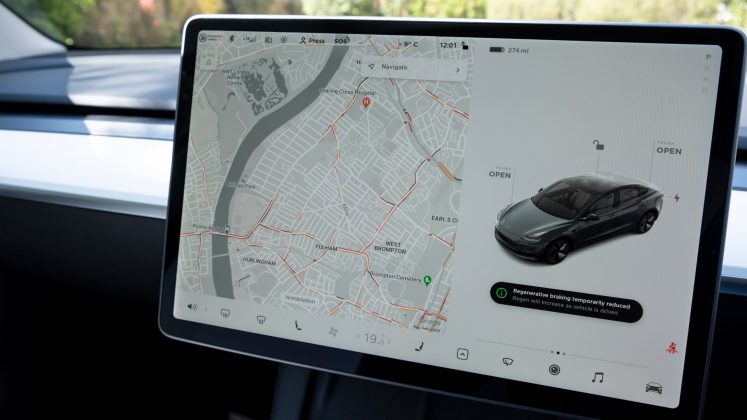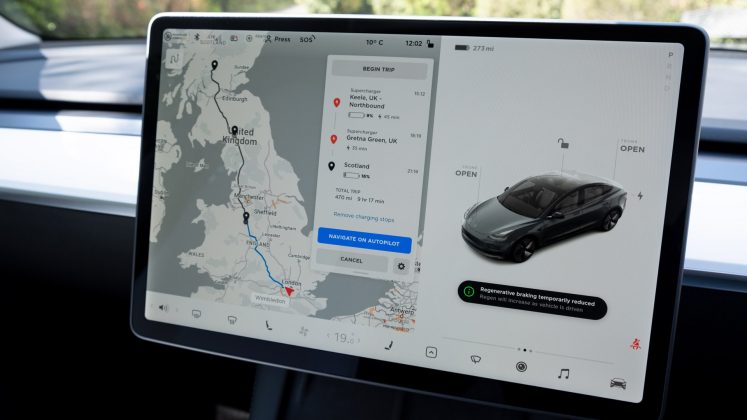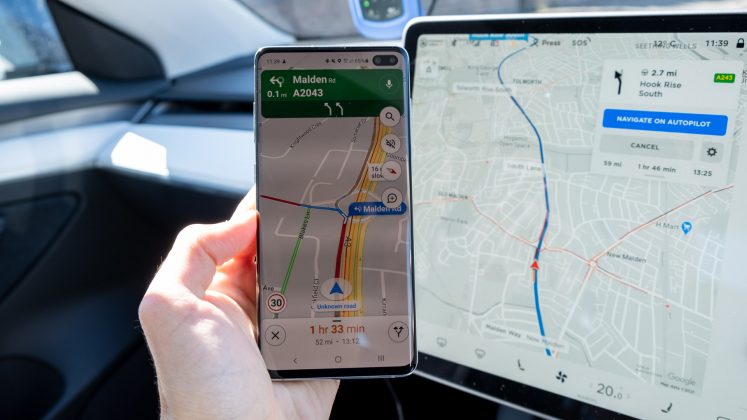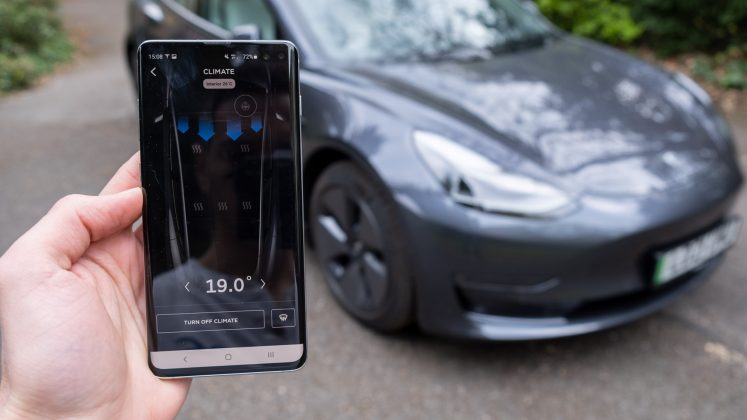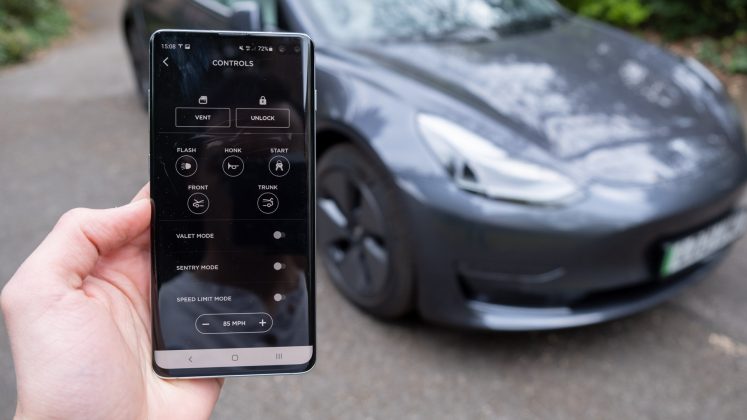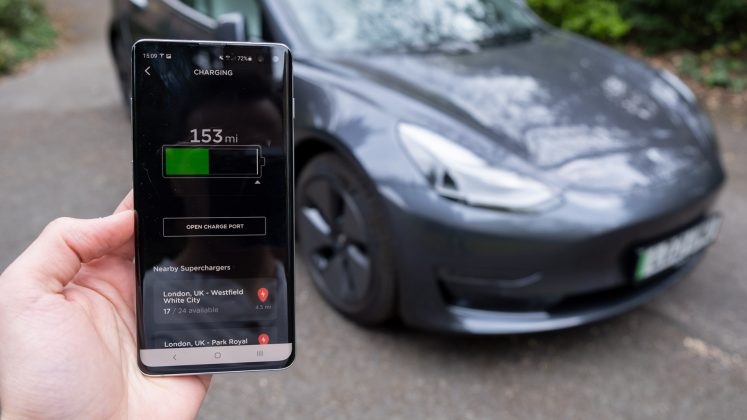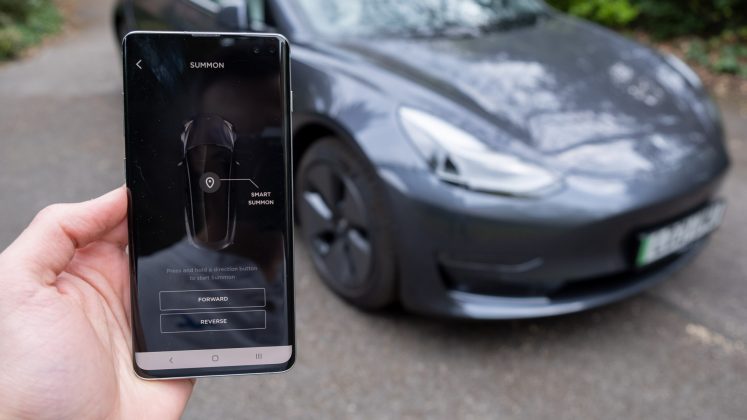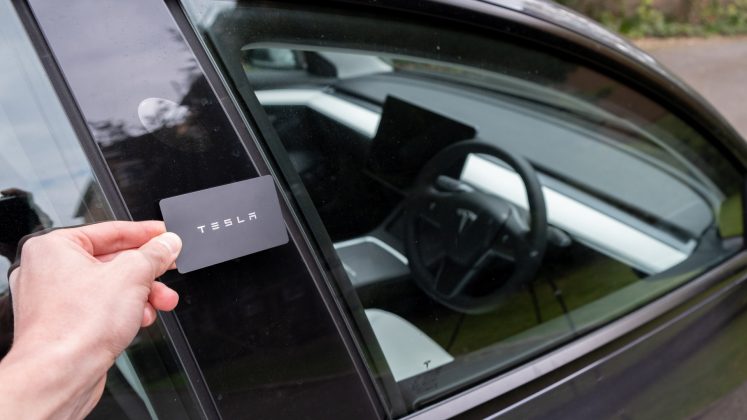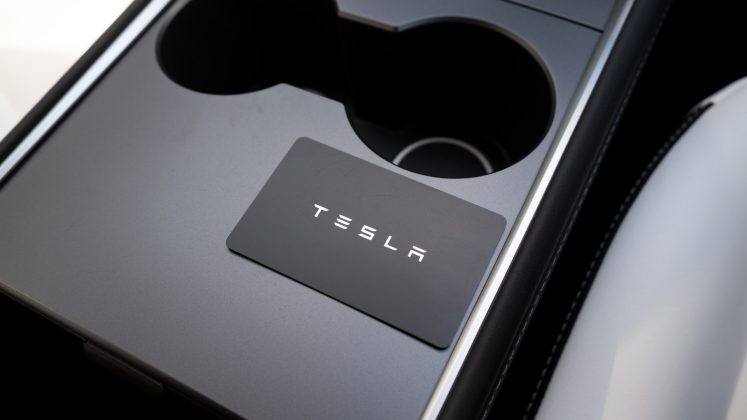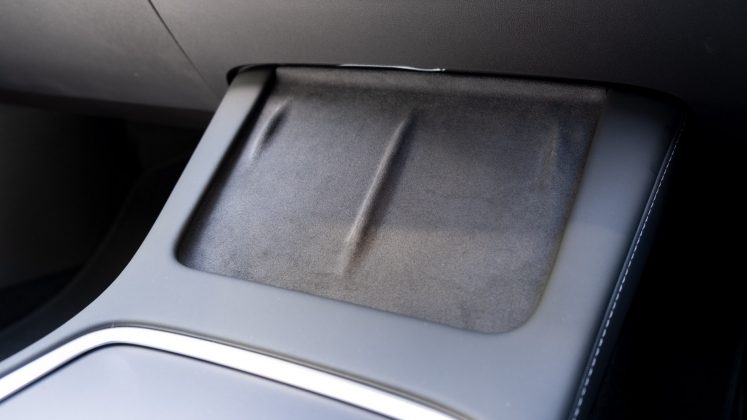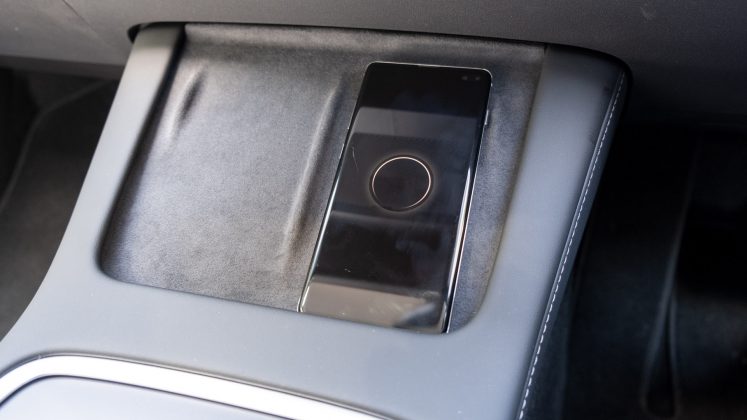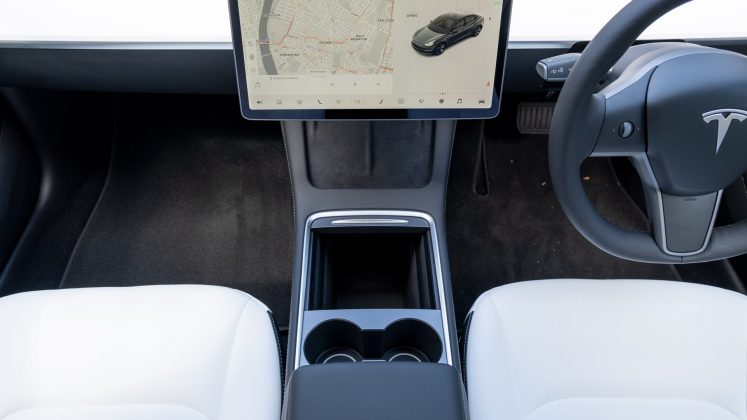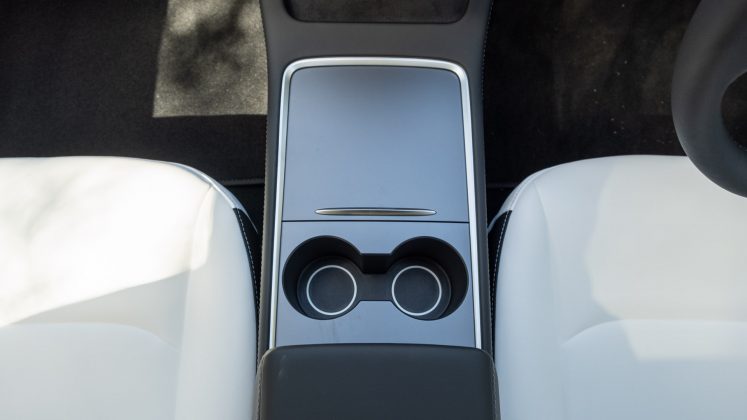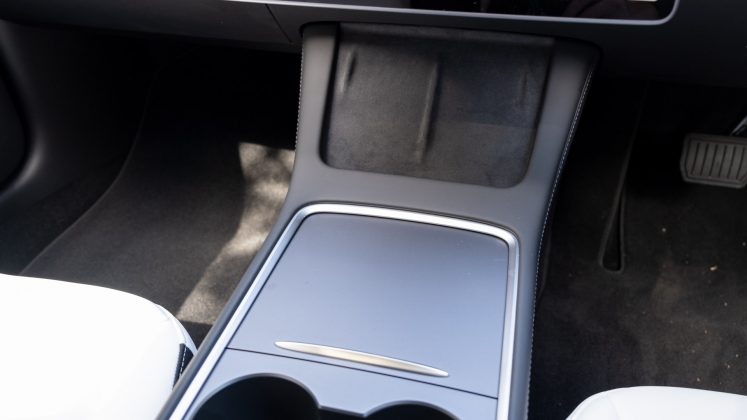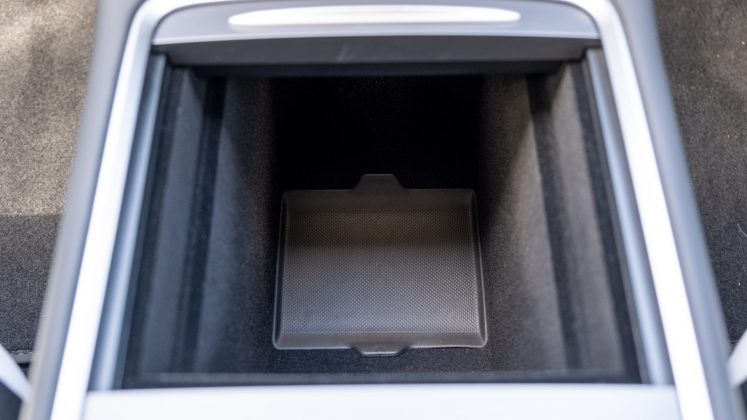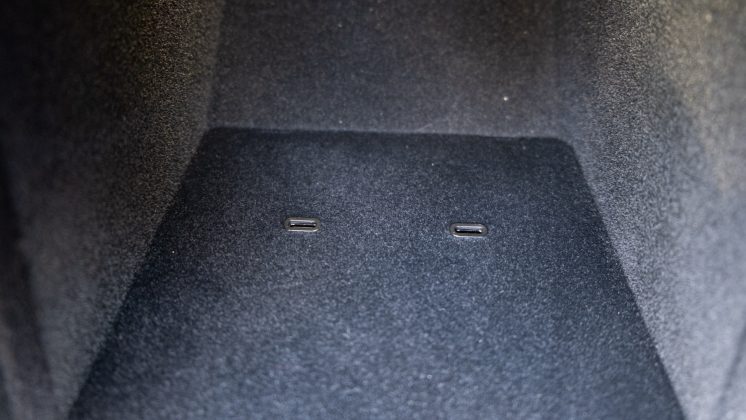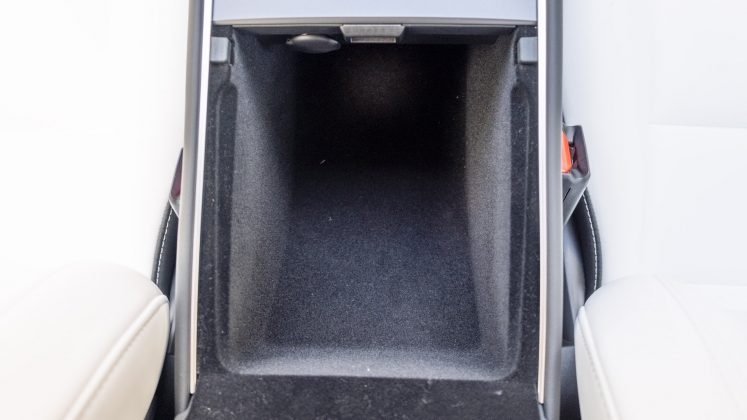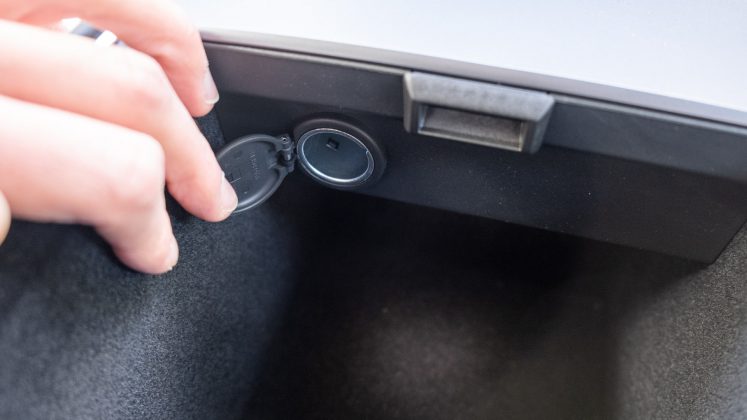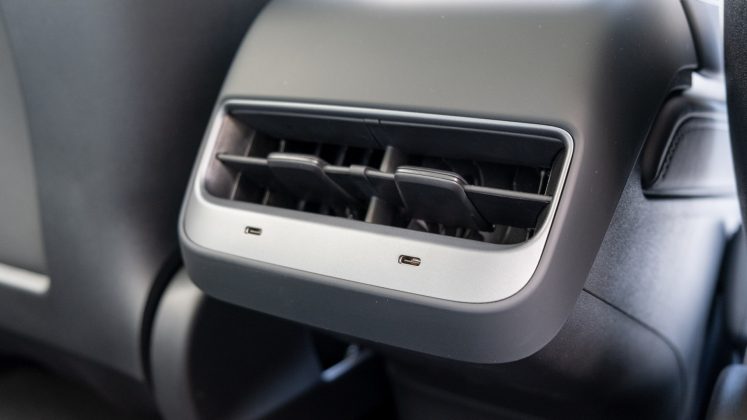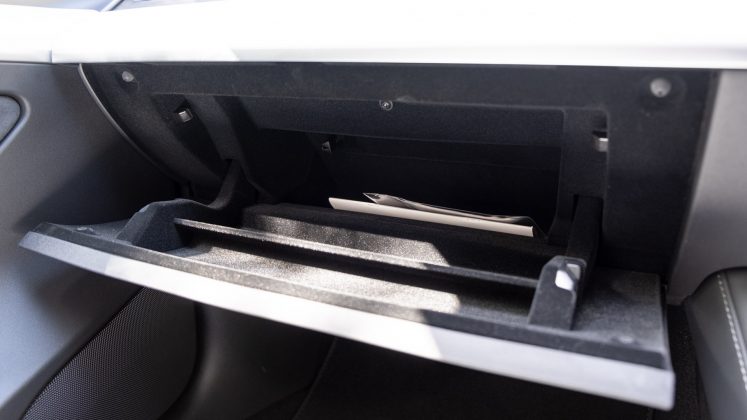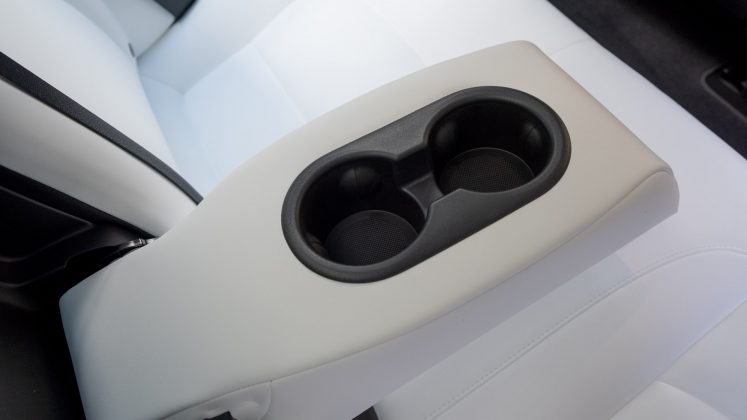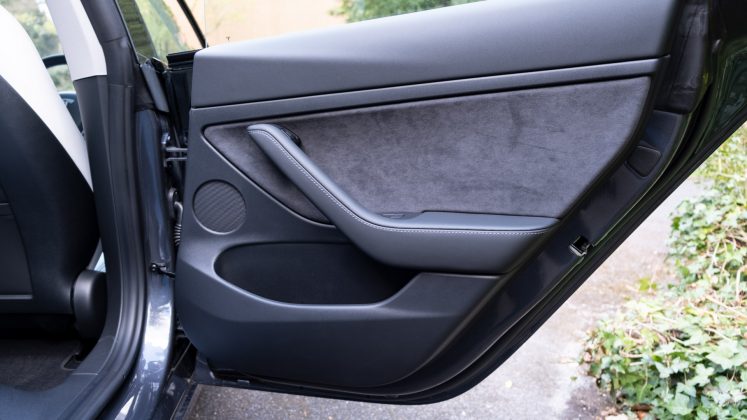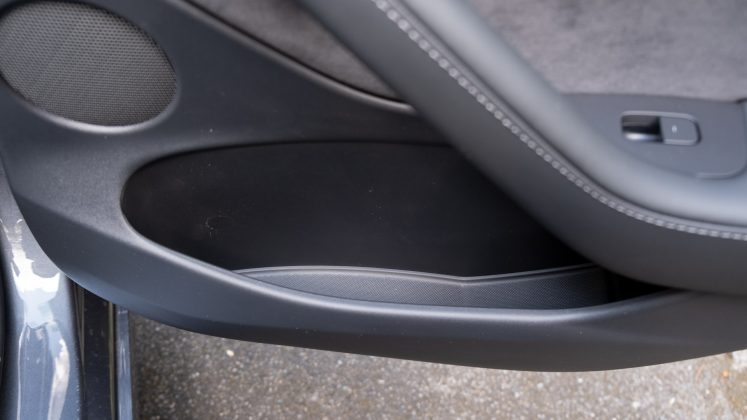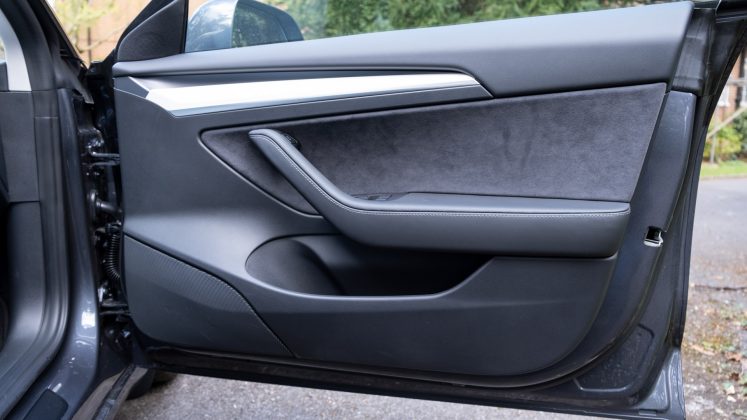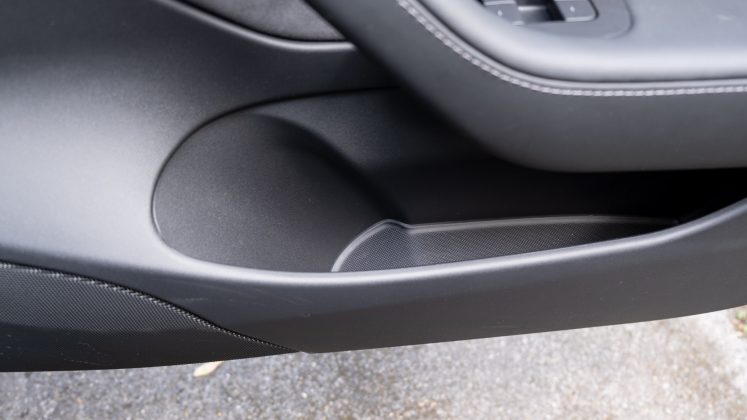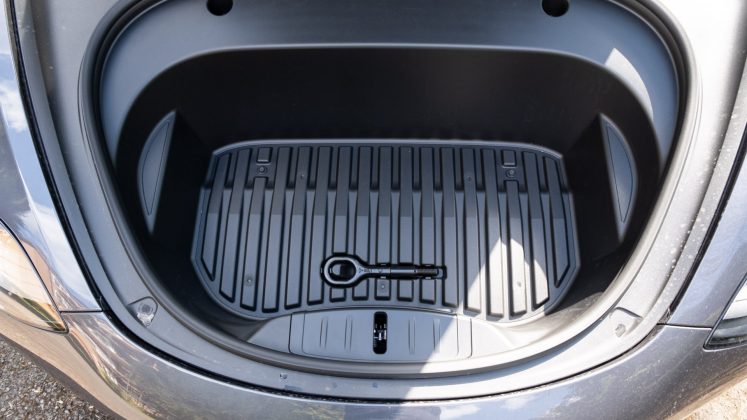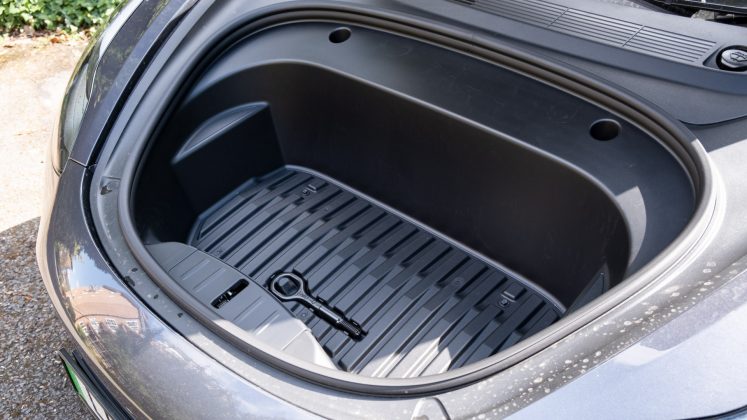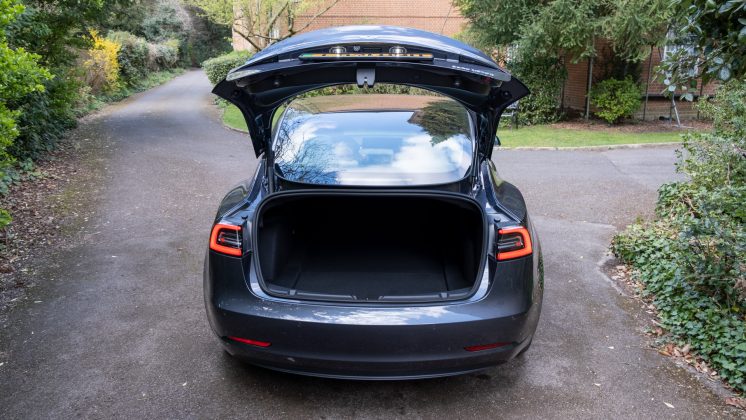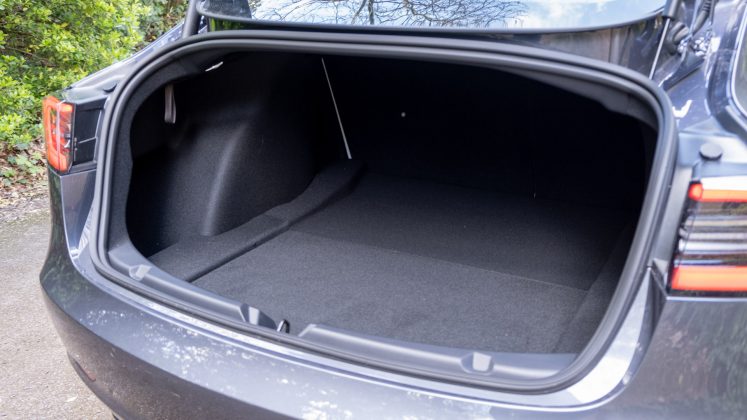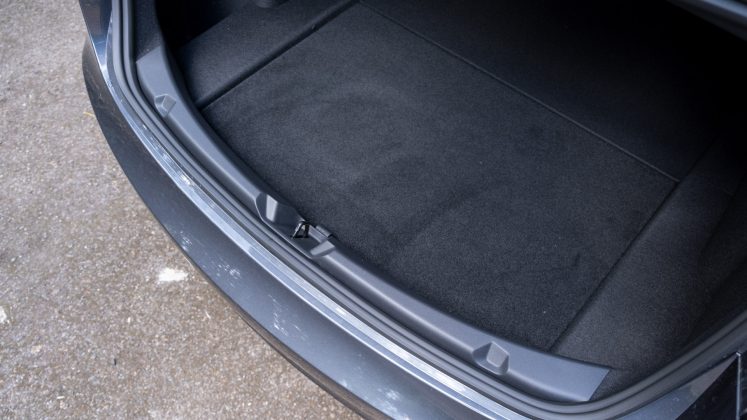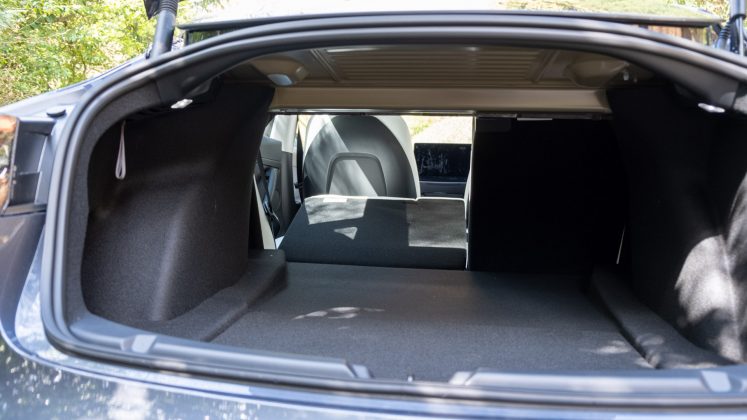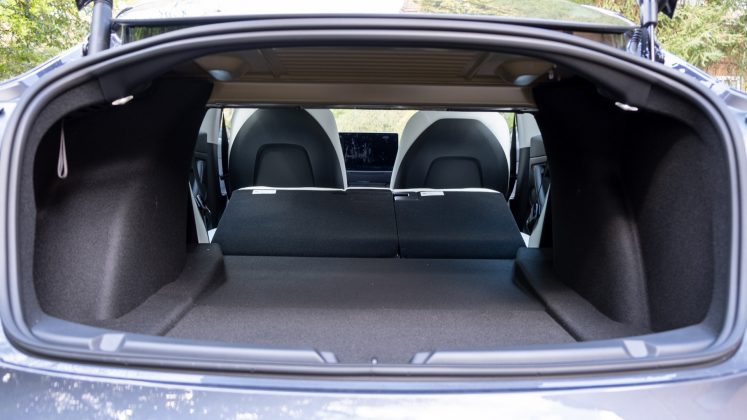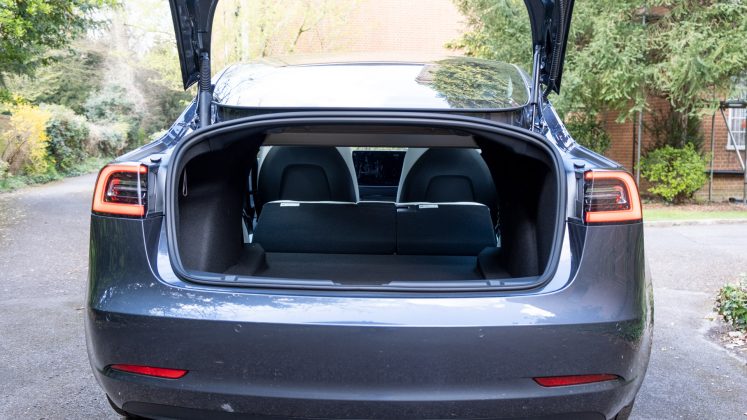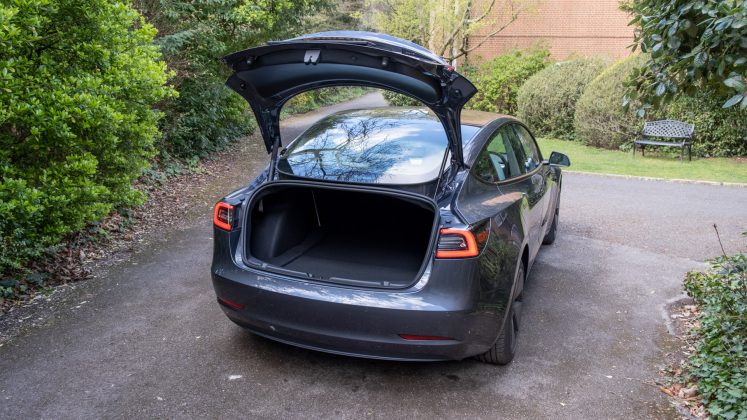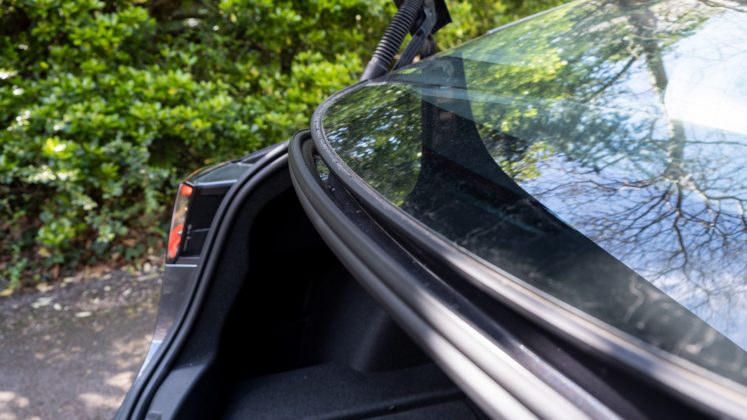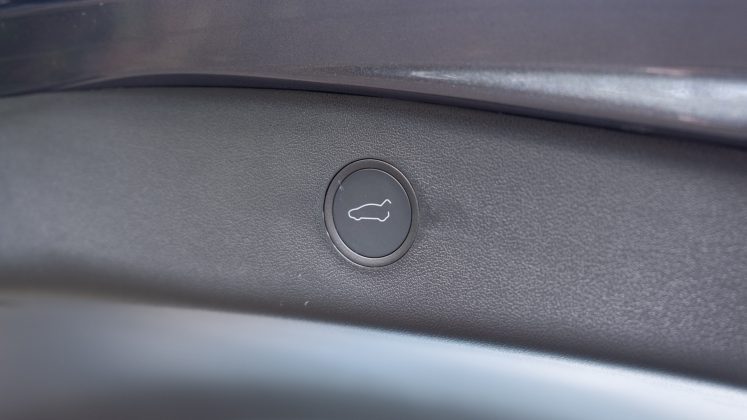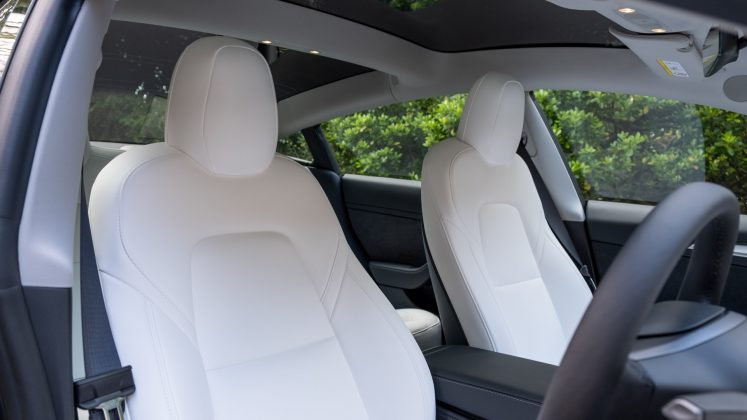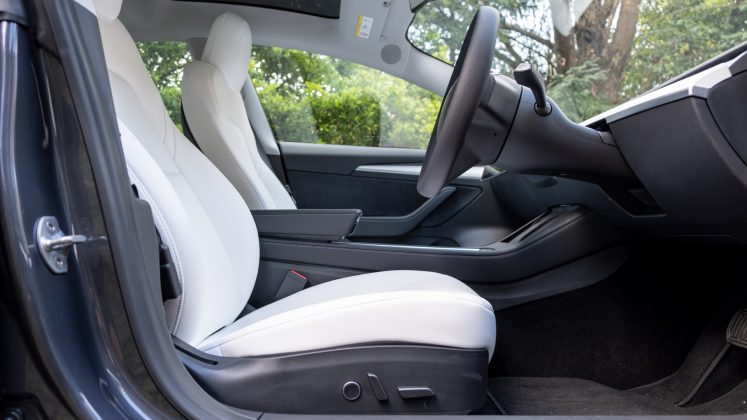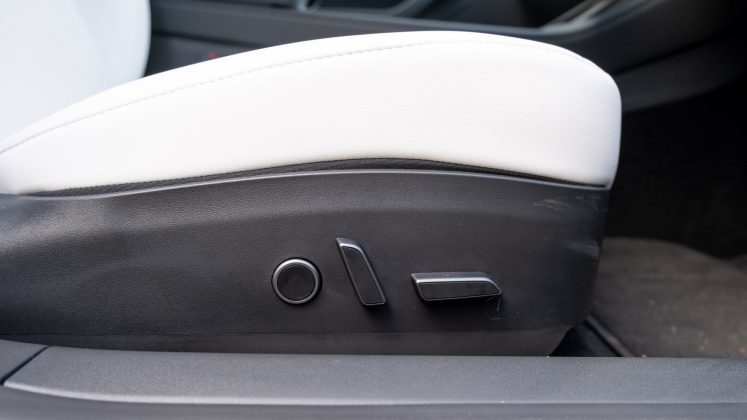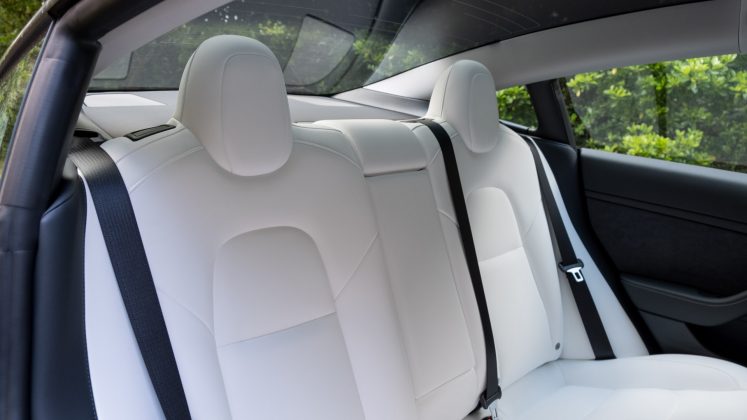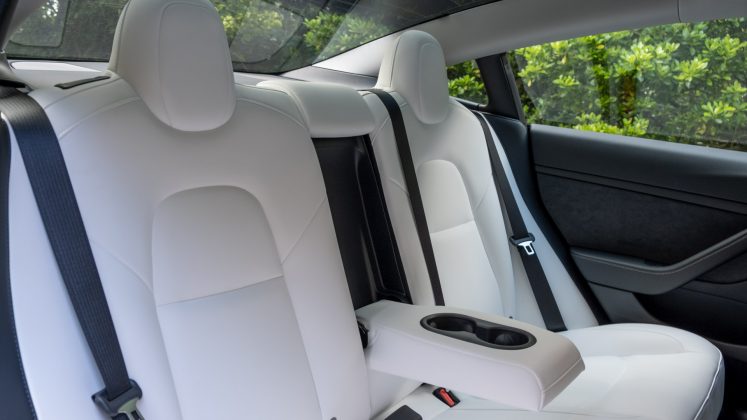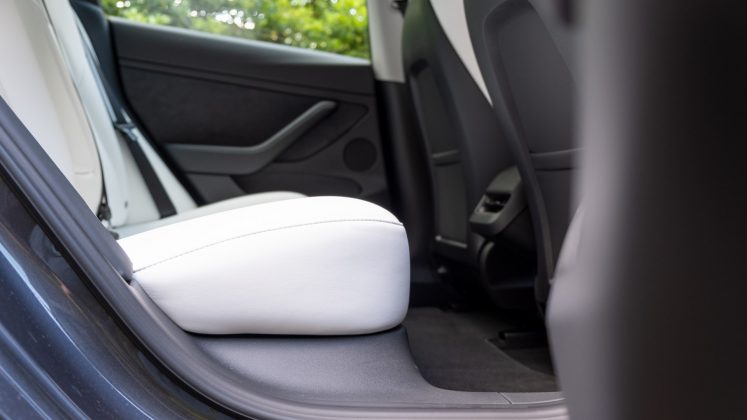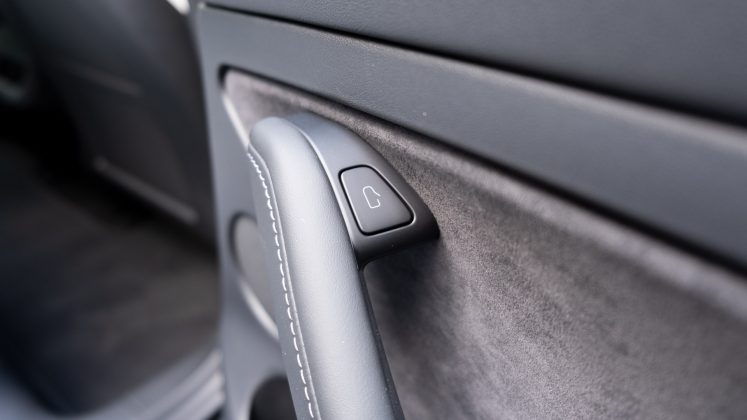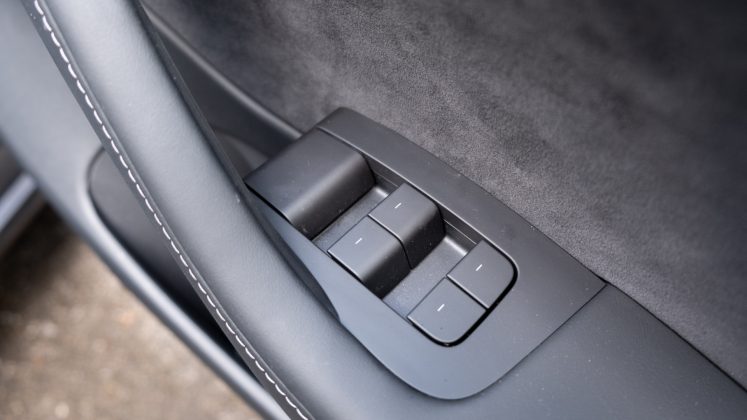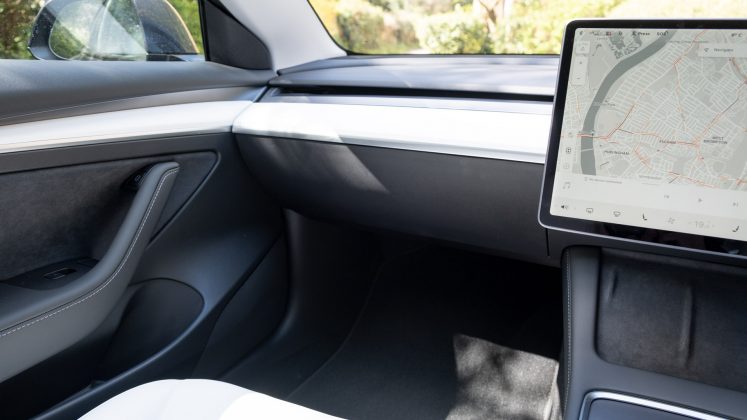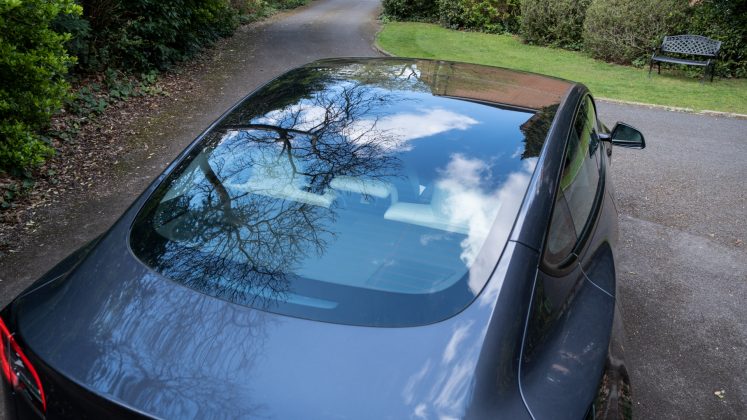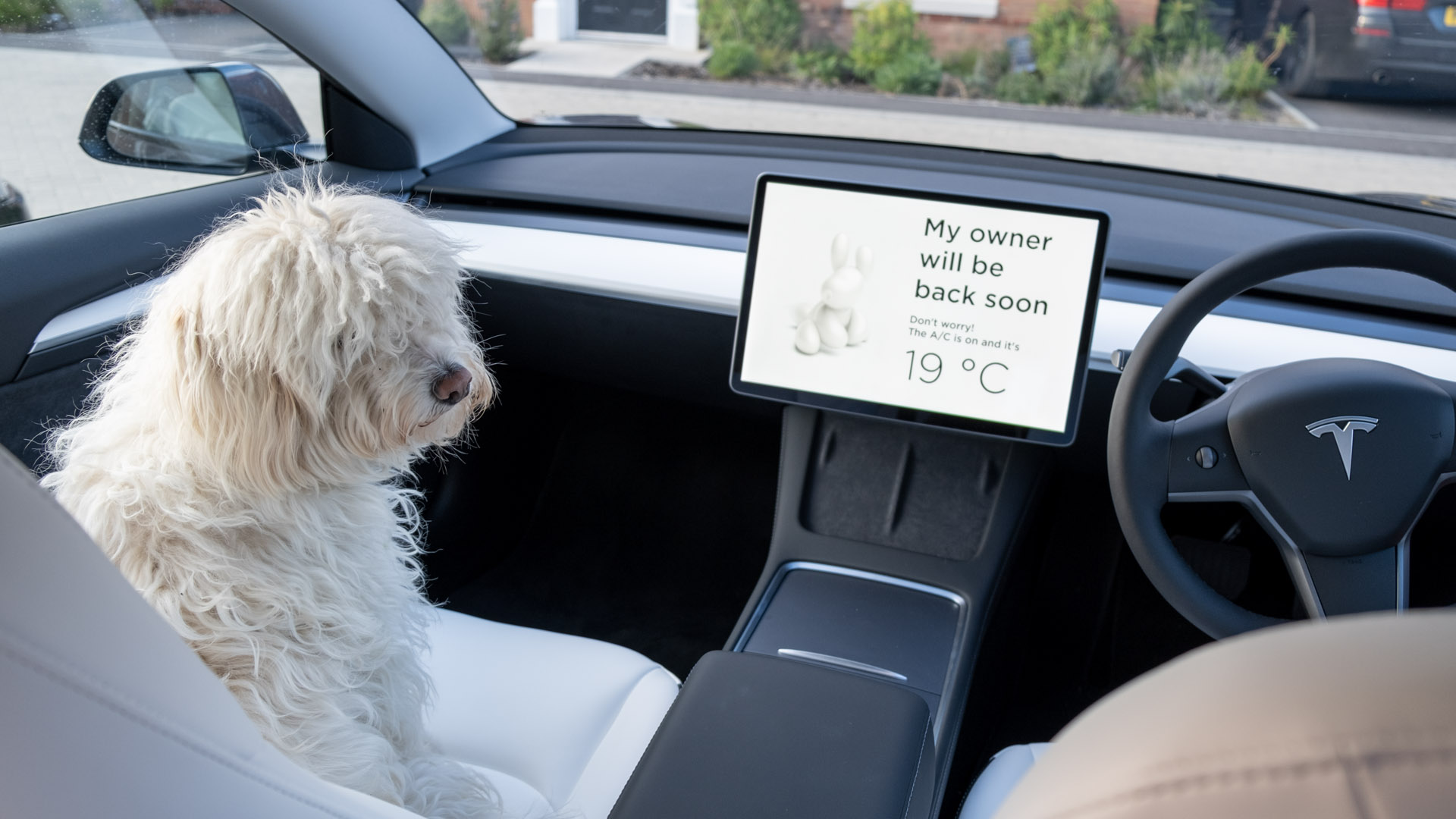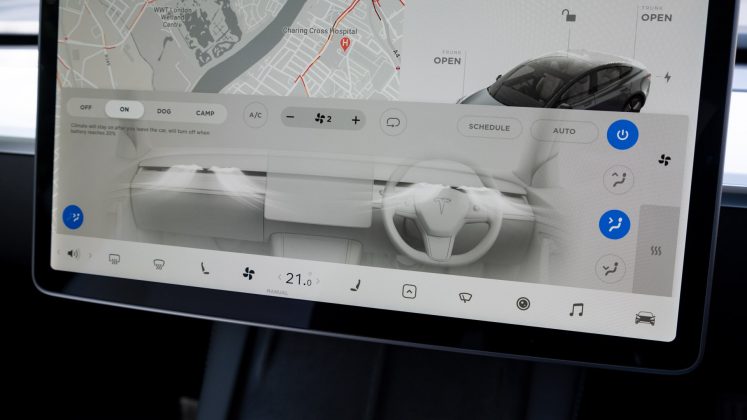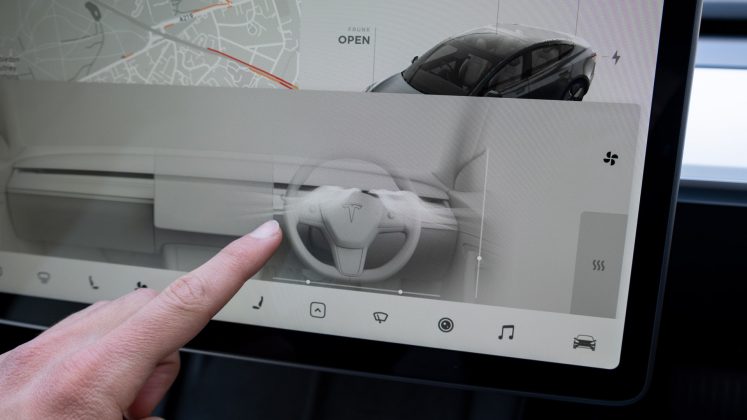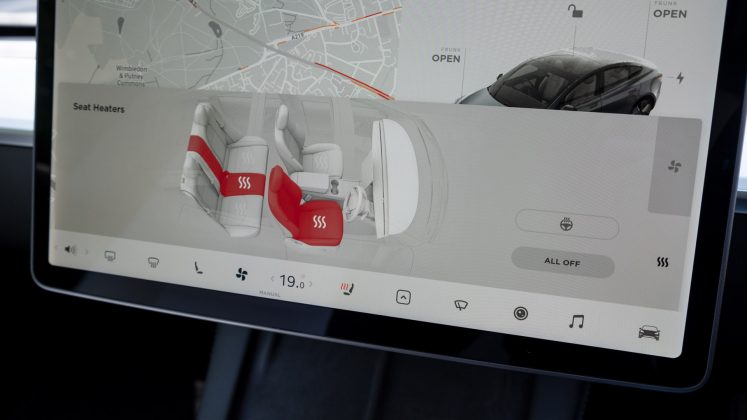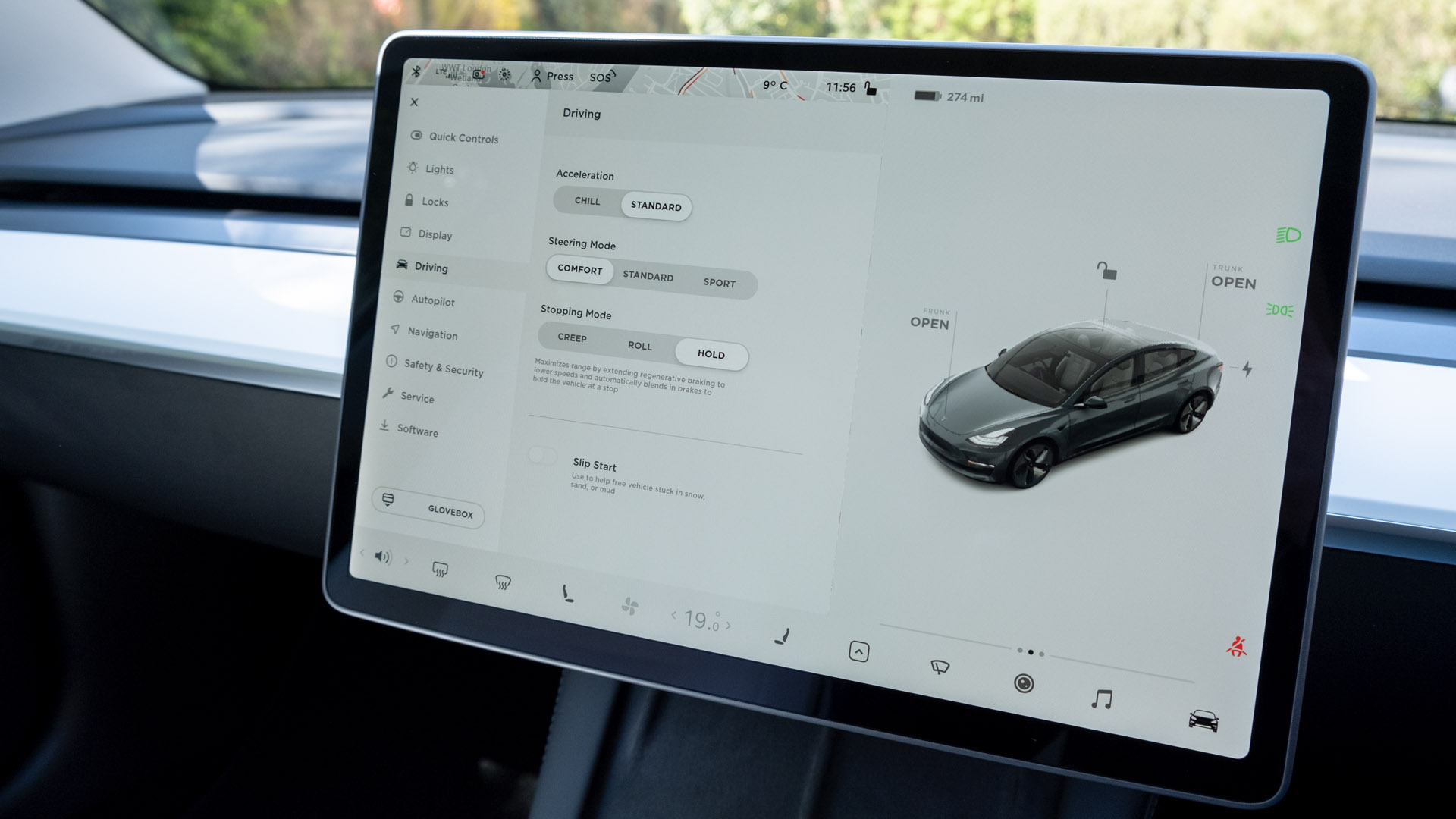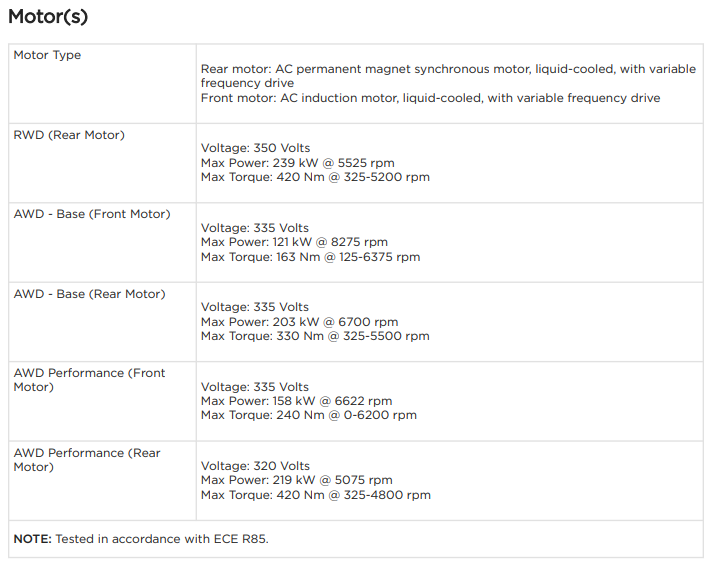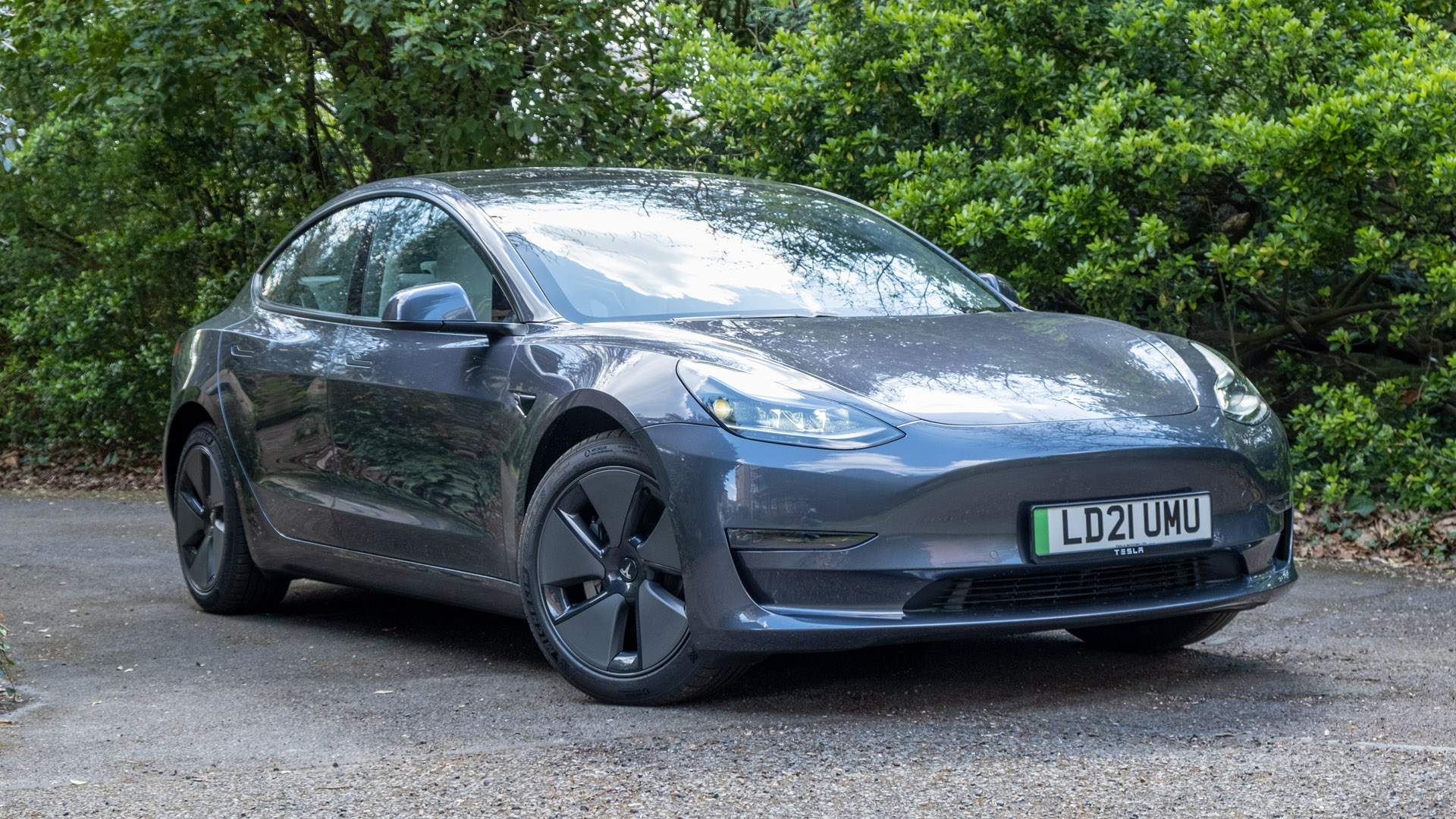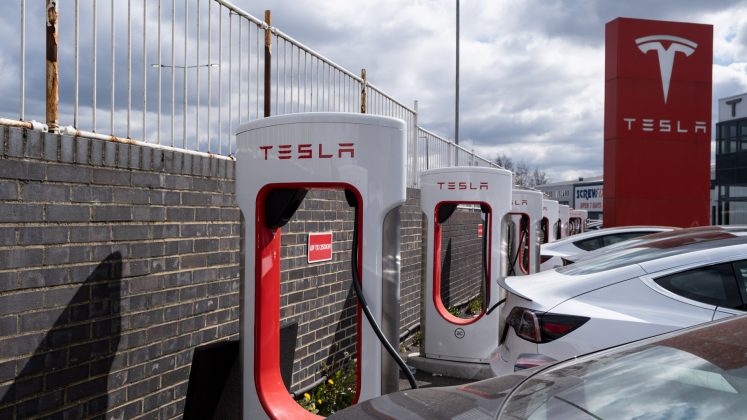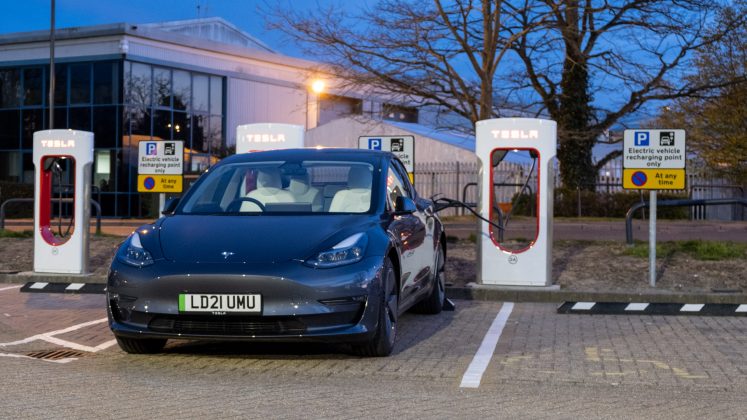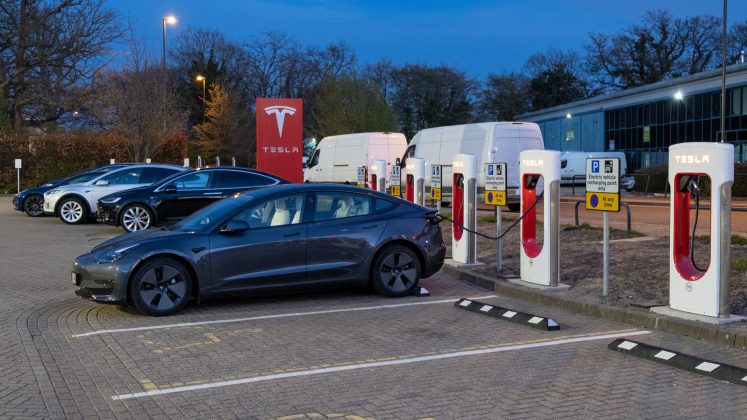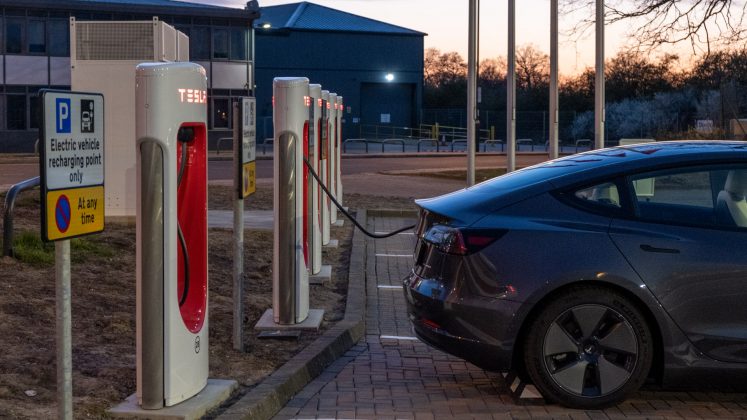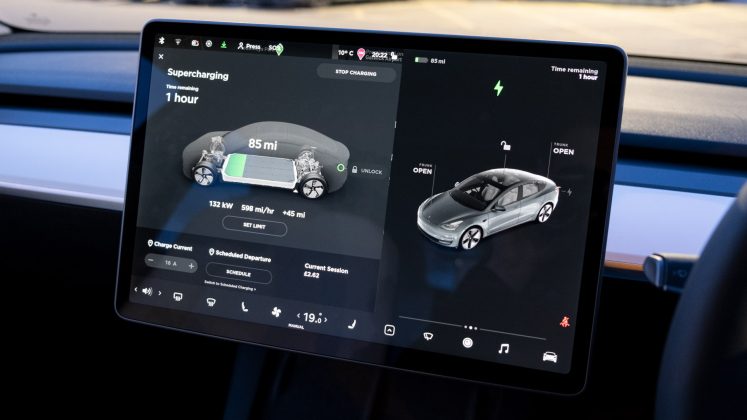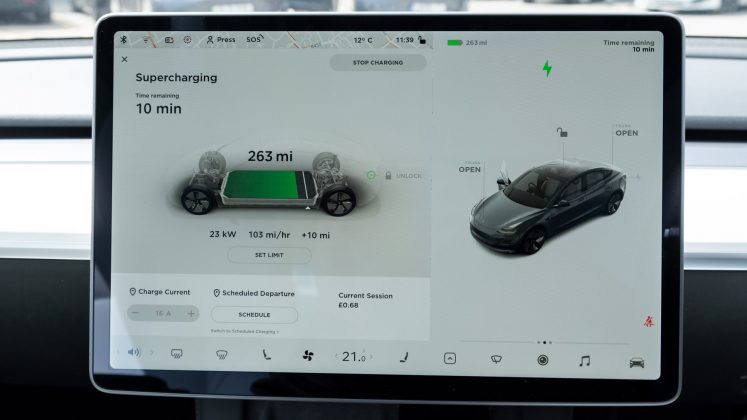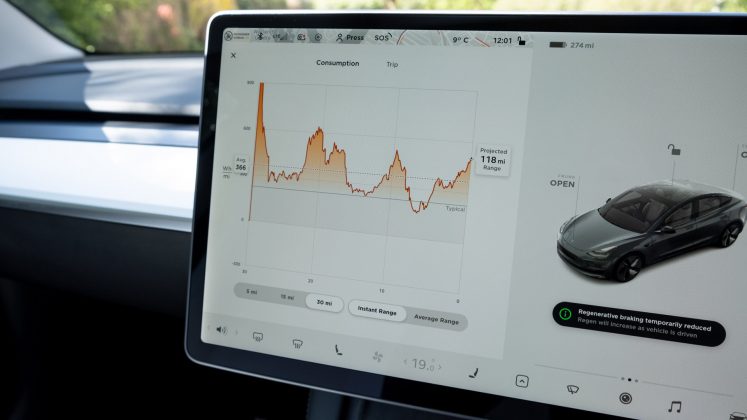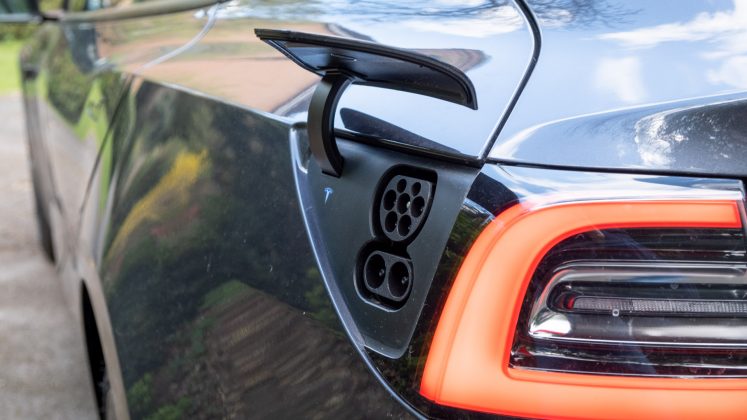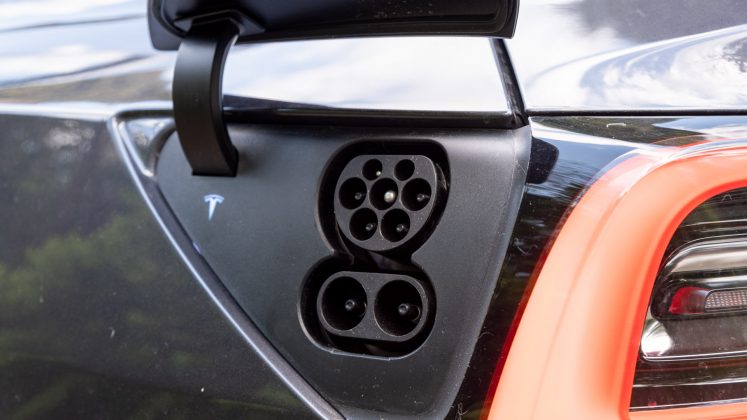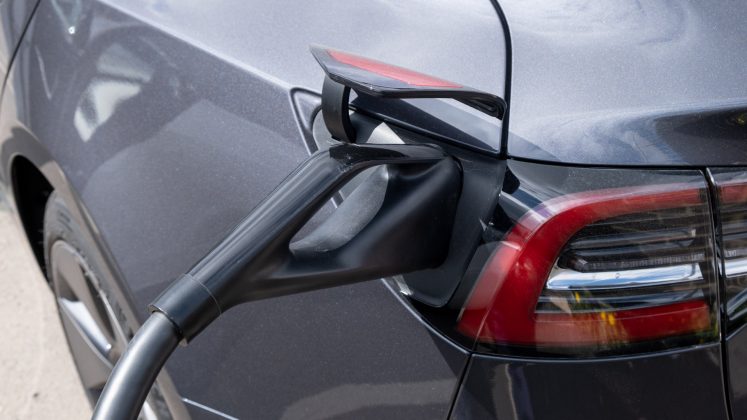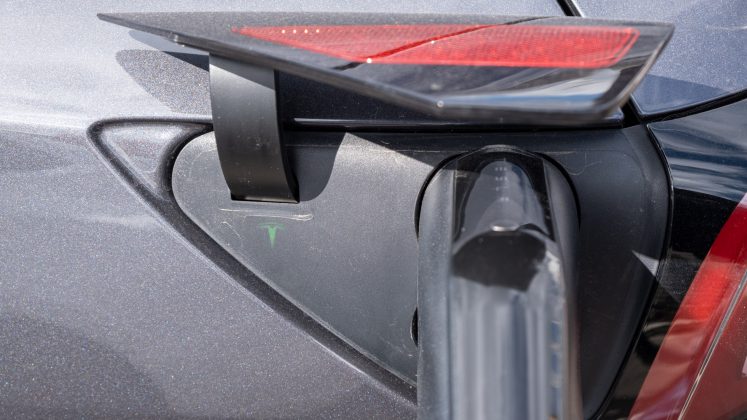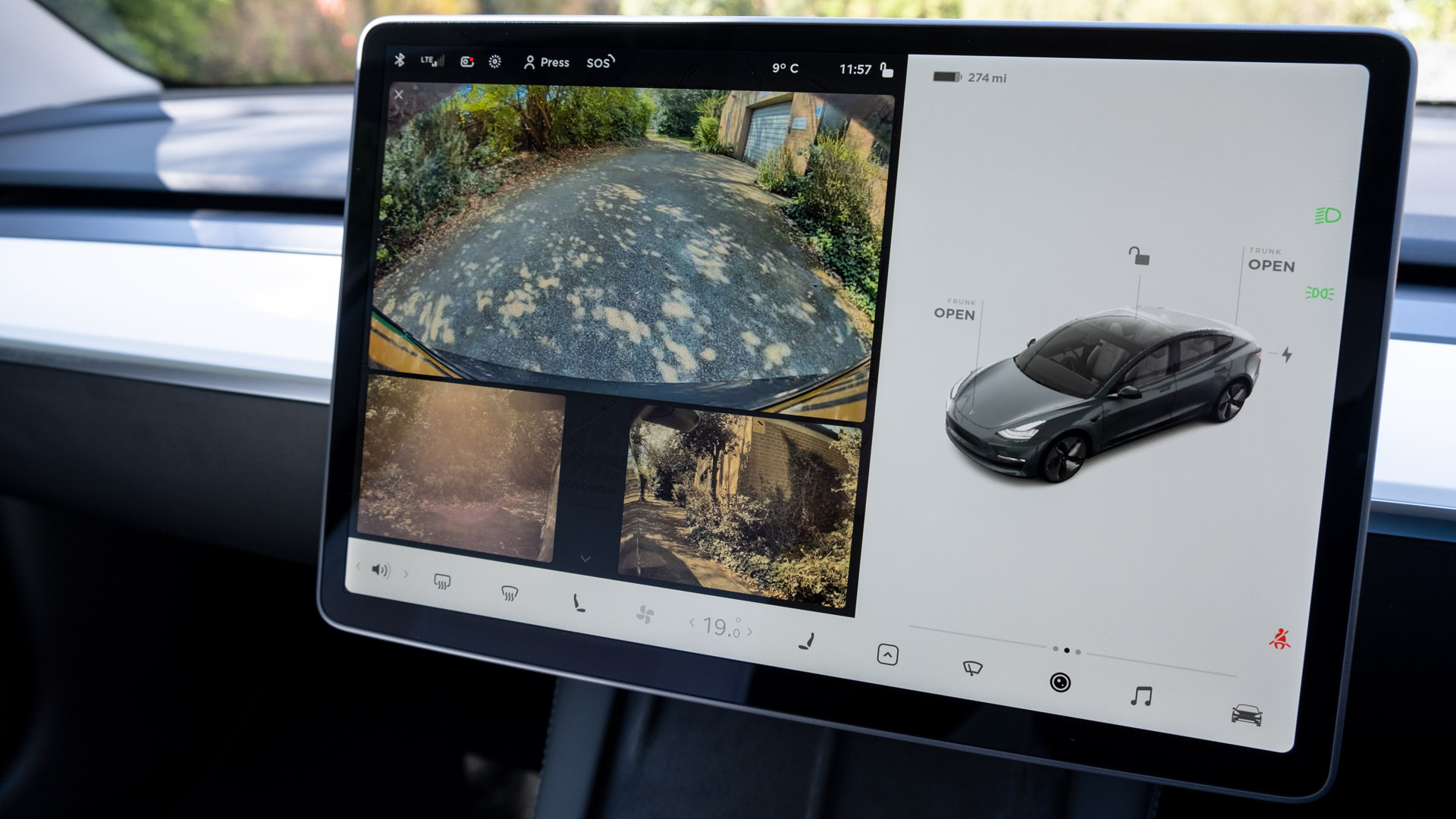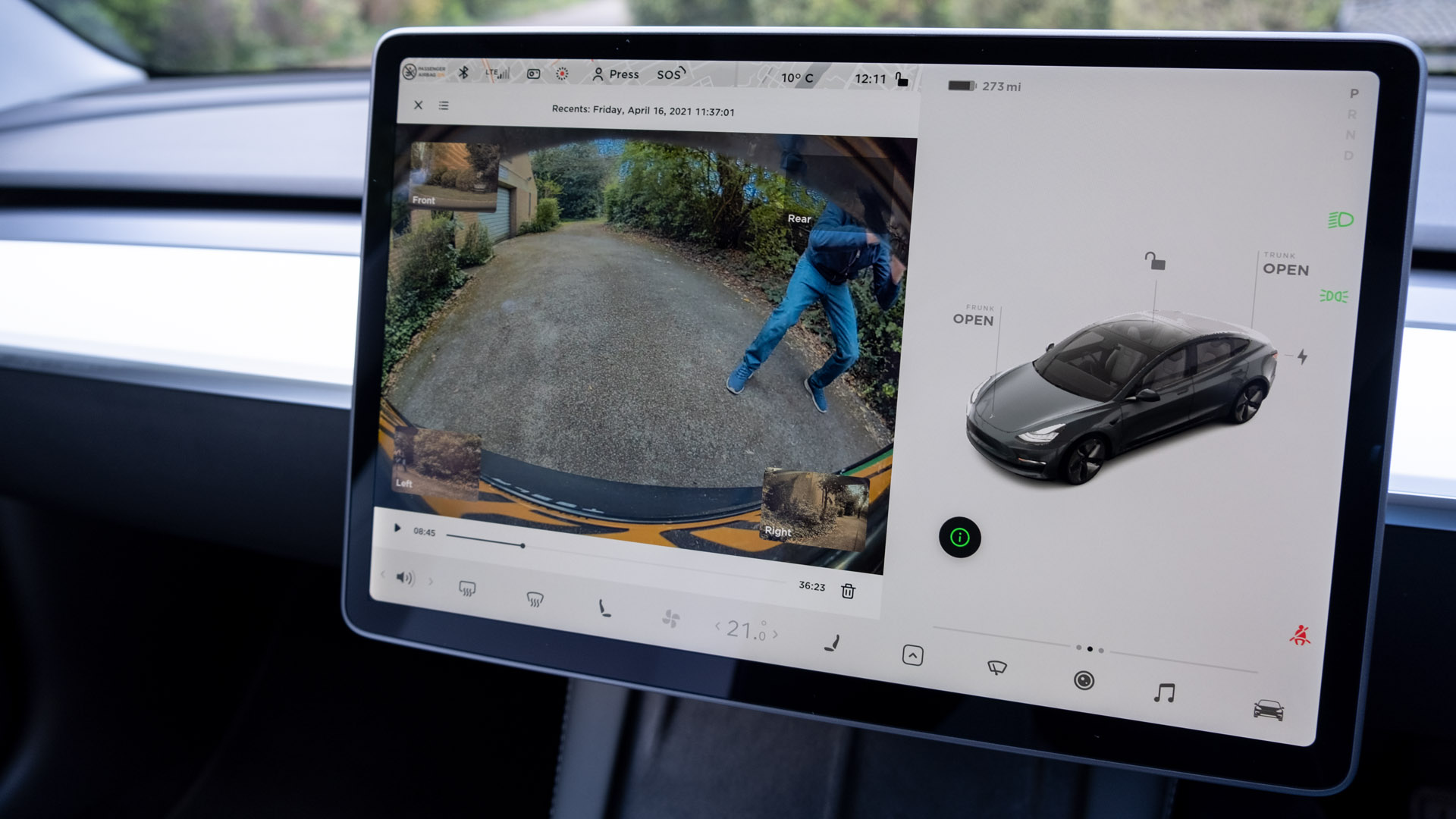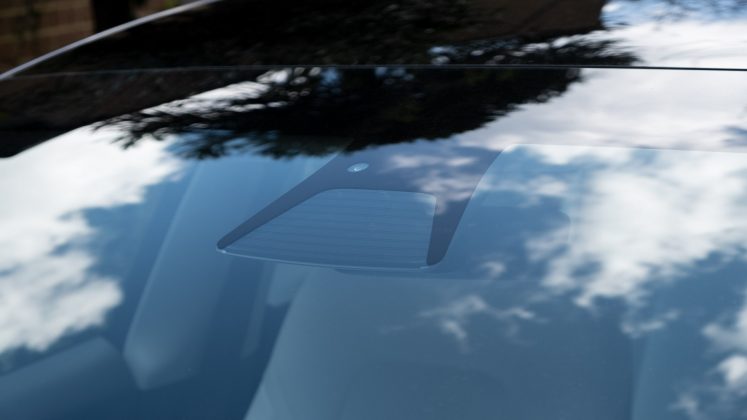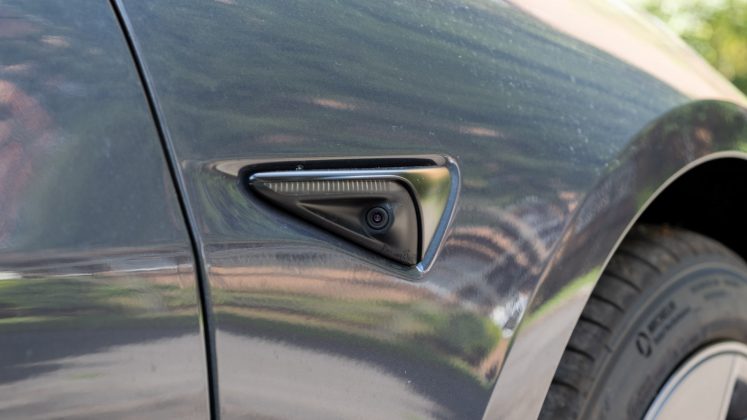The Tesla Model 3 has been around since 2017, where over the course of a few years has become the world’s best-selling plug-in electric car, where it surpassed the Nissan Leaf in early 2020.
The vehicle’s recent success has, in part, been linked with the opening of its manufacturing plant, Giga Shanghai (Gigafactory 3) that started producing the Model 3 in late 2019. The Shanghai-based factory is set to output up to 250,000 Model 3 and Model Y vehicles a year.
Despite the manufacturer’s surge in popularity, some might argue that Tesla is now facing its toughest test to date. Indeed, after numerous governments set an end date for the sale of new petrol and diesel cars, automakers have been forced to design and produce new electric vehicles. As such, there are now more alternatives to the Model 3 than ever before, where the number of zero tailpipe-emitting vehicles isn’t set to decrease. The question is: does Tesla’s car still offer the best all-round experience for aspiring EV owners?
If you’d prefer to watch a review of the Tesla Model 3, head on over to our YouTube channel.
Tesla Model 3 price & competition
At the time of writing, the Tesla Model 3 starts from £42,990. This gets you a rear-wheel drive vehicle with a claimed 0-60mph time of 5.8 seconds, a top speed of 140mph, and a WLTP range of 305 miles from its 57.5 kWh battery pack.
As standard, the Model 3 – formerly known as the Standard Range Plus (SR+) – comes with the following:
- A single rear-mounted motor that unofficially provides 239 kW (320 hp) of power and 420 Nm of torque
- A charging rate of up to 170 kW
- 18’’ Aero wheels
- Power folding, auto-dimming, heated side mirrors
- Tinted glass roof with ultraviolet and infrared protection
- Vegan all-black interior
- 12-way power-adjustable front seats
- Power-adjustable steering wheel
- Heated from seats
- 15.4″ infotainment system with built-in navigation data from Google and support for Bluetooth
- A 30-day trial of ‘Premium Connectivity’, which includes Live traffic visualisation, satellite-view Maps, video streaming (Netflix, Youtube, Twitch), Caraoke, Music streaming (such as Spotify) and an Internet Browser
- Eight high-resolution cameras outside of the vehicle
- Four USB Type-C ports and two wireless charging pads for smartphones
- Seven-speaker audio system with ‘Immersive Sound’
- Keyless NFC keycard and smartphone integration for keyless entry
- Lifetime over-the-air updates
Move up to the £50,990 Long Range AWD (LR) model, and you’ll get the following added on top:
- The addition of a front-mounted motor that combined with the rear motor dispatches 324 kW (434 hp) of power, 493 Nm of torque, gets to 60mph in 4.2s and a top speed of 145mph
- An all-wheel drive system
- An 82 kWh battery pack delivering up to 374 miles of range on the WLTP test cycle
- A charging rate of up to 250 kW
- A ‘Premium Interior’ that adds: heated rear seats; frunk and interior floor mats; ambient interior lighting; Premium audio system with 13 speakers and a subwoofer, two amplifiers and full Immersive Sound
Find the best Tesla Model 3 deals
Spend £57,990 and you’ll have the top-spec Model 3 Performance (P) AWD, which is similar to the Long Range AWD, but adds the following:
- 20″ Überturbine wheels
- Performance brakes
- Carbon fibre spoiler
- Lowered suspension
- Aluminium pedals
- Track Mode software
These options combined with a software tweak allow the Model 3 Performance to get to 60mph in a blistering 3.1s. Top speed also bumps up to 162mph. Indeed, power goes up to 377 kW (506 hp) and the torque figure sits at 660 Nm. Its range, however, is slightly affected with it netting 340 miles on the WLTP test cycle.
When it comes to its competition, the Model 3 has a few saloons and hatchbacks to contend with: the BMW i4 from £53,4805; the Tesla Model 3 from £48,490; the Polestar 2 from £43,150; Cupra Born from £36,475; the VW ID.3 from £36,990; the Honda e from £36,920; the BMW i3 from £33,805; the Ora Funky Cat from £31,995; the Peugeot e-208 from £31,345; the Fiat 500 Electric from £30,645; the Renault Zoe from £29,995; Vauxhall Corsa-e from £29,035; the Mini Electric from £29,000; the Nissan Leaf from £28,995; the MG4 EV from £25,995; and the Smart fortwo coupé from £22,225.
Read next: Tesla Model 3 comparative review: Which trim should you buy?
Tesla Model 3 exterior review
The Model 3 shares many of its design characteristics with its older, more powerful sibling, the Model S. While that might not be to everyone’s taste, we do find its aesthetics alluring.
At the front, the Tesla is similar to the Aston Martin DBS Coupe, except that the all-electric car has more of a curvy, bubble-shaped design. As if by coincidence, Tesla hired Chris Porritt, ex-Vehicle Engineering Leader at Aston Martin, back in 2013. In 2020, Porritt moved onto Rimac Automobili.
Regardless of where the inspiration stemmed from, its design isn’t just for looks but also serves a purpose. The Model 3 is amongst the most aerodynamically efficient consumer vehicles on the road, with a drag coefficient of just 0.23 (closer to 0 is better).
The vehicle’s streamlined look extends to the side of the vehicle, where its 18″ ‘Aero Wheels’ have a flat design to help reduce unnecessary drag. The 19″ ‘Sport Wheels’ that cost £1,500 are also available as an option on the Long Range and Standard Range Plus trims, while the 20’’ ‘Überturbine Wheels’ come fitted as standard on the Performance trim.
Read next: Mini Electric review: Style over substance?
Similarly, its door handles are integrated within the car’s shell to further improve aerodynamic efficiency. A small camera – used for Autopilot and a few safety features – can also be found cleverly positioned within each of the front wings. Here, our only complaint is the use of relatively chunky side-view mirrors. We would have preferred a borderless design, such as the ones found on the Polestar 2, or even the camera-based mirrors found on the Honda e.
As for the rear of the vehicle, its taillights have a somewhat droopy design although don’t detract from the overall pizzazz – a built-in spoiler completes the look. You can order a carbon fibre spoiler from Tesla’s website.
When it comes to personalisation, there are five colours to choose from, where at the time of writing Pearl White Multi-Coat comes as standard. Solid Black, Deep Blue Metallic and the pictured Midnight Silver Metallic come in at a £1,100 premium. The halo Red Multi-Coat colour costs a whopping £2,100.
Read next: Polestar 2 review: The all-electric muscle car
Tesla Model 3 interior & tech review
While its exterior might be loosely reminiscent of other vehicles, its interior design is strikingly different. Here, Tesla has opted for an extremely minimalist design that does have its pros and cons.
Aside from a complete lack of buttons on the dashboard, the biggest drawback of the Model 3’s interior design is the omission of an instrument cluster and a Head-Up Display (HUD). Unfortunately, there’s no means of checking your current speed without taking your eyes off the road. If you live in the UK, you’ll have to glance at the top right-hand side of the 15.4″ display that’s planted at the centre of the dashboard.
Similarly, we found it frustrating that the wiper controls are rather basic. There’s only a single-press function on the left-hand stalk that initiates the wiper controls; from there, you’ll need to tap on the digital display to adjust the wiper’s speed. Further, we found the ‘Auto’ wiper mode to be a little off, where the rain sensors seem inaccurate and unreliable at picking up rain droplets on the windshield. The right stalk, however, is rather intuitive, where it serves as a gear selector, and when tapped down while driving initiates Adaptive Cruise Control or Autopilot.
Elsewhere, you’ll need to open the glovebox by tapping on the appropriate button found on the infotainment system, as there’s no physical button. At first, this might seem counter-intuitive but given you can set a pin for your glovebox, it allows for bettered security.
Read next: The best dash cams to mount inside your vehicle
Indeed, a lot of your controls will come via the infotainment system, which takes centre stage at the front of the cabin – it’s like having an oversized television placed in a small-sized living room. Despite its dominance, the operating system is ultra-responsive and caters for everything – be it to control the car’s behaviour or to play some games.
That’s right, the American automaker has integrated a suite of video games that can be played while you’re at a standstill; say for example, if you’re waiting to top up at a charging point. Here, games like Beach Buggy Racing 2, can even be played with the steering wheel and brake pedal, which quite frankly leads to an absolutely brilliant way to pass some time.
Tesla has even included a ‘Toybox’, which allows you to do silly things such as placing a virtual whoopee cushion on any of the seats. It’s bonkers but does show that the automaker has a sense of humour and further wants its customers to stay entertained. Speaking of which, you’ll also get a 30-day subscription to a package of different services that include the likes of Netflix and Spotify – although, you’ll need an active account with the respective service providers.
On the subject of entertainment, the Model 3 has a seven-speaker configuration. The AWD models, however, ship with the ‘Premium Interior’, which nets you 13 speakers and a physical subwoofer in the boot. If you’d like to hear how the latter system performs, watch our detailed review of it on YouTube. It is, in a nutshell, one of the best-sounding audio systems that can be found within an electric vehicle.
To control your media, there are on-screen buttons and a scroll wheel on the steering wheel. The scroll wheels can be pressed to pause, shifted to the left or right to go back or skip respectively, and be rolled to adjust the volume. The scroll wheel on the opposing side is used to adjust the cruise control speed and initiate voice control. The latter is rather primitive, where we found the commands don’t often work and lack accuracy when trying to adjust certain vehicle settings. It’s certainly no match for Google Assistant or Siri, where the former is baked into a few of its competitors’ infotainment systems – such as the Polestar 2.
This leads us to the navigation system, which Tesla has chosen to omit support for both Android Auto and Apple CarPlay. Here, we found the use of the built-in navigation data to be inaccurate when compared to our Android device. Ironically, both the Model 3 and our mobile phone rely on Google Maps, and here we noted a discrepancy of up to 40 minutes on longer commutes. Of course, your mileage may vary, but we often found that the built-in navigation system failed to accurately recognise real-time traffic data and thus fail to point us toward the faster routes. Note, this was with the ‘Online Routing’ option enabled through the system’s settings.
Find the best Tesla Model 3 deals
On the subject of apps on our phones, Tesla has one to control various functions of the Model 3. The Tesla App, which is available on the Google Play Store and Apple’s App Store, is actually an intuitive way to interact with the Model 3. Through it, you can remotely unlock or lock the vehicle and use it as a wireless key; control the interior’s cabin temperature; open the charging flap, boot, frunk and windows; check for the vehicle’s location; and initiate the Summon feature, a feature that is comprised within the £3,400 ‘Enhanced Autopilot’ package.
In the UK and Europe, the Summon feature is rather limited where you’ll have to be approximately 1-2m away from the vehicle for it to operate; only the Forward and Reverse functions operate, too. This isn’t the automaker’s fault, but rather, UK and European law requires motorists to be vigilant of their vehicle’s movements. So, unless you’re using this for a party trick, we can only see it being used in tight parking complexes; that is if you are in a situation where you need to squeeze next to a wall. In the US, however, you can summon the Model 3 from afar.
As for using your phone as a wireless key, it works over Bluetooth LE which means that if you’ve got Bluetooth enabled on your phone you can walk up to your Tesla, unlock it and drive away. This might pose a security risk for some who are prone to losing their phones, but fear not, you can add fingerprint authentication via the app and further set a pin through the vehicle’s infotainment system to prevent anyone from driving away with your vehicle.
While the app is very intuitive and makes for a bettered experience, you can choose to use Tesla’s NFC Key Card, instead. To unlock or lock the vehicle, you’ll need to tap on the driver’s side B Pillar. To drive the vehicle, you’ll need to tap the card just below the two cupholders located at the centre console. Should you not like either of these methods, you can also buy a stylish Key Fob in the shape of the car from Tesla’s store.
Read next: Volkswagen ID.3 review: The best electric hatchback?
Tesla Model 3 storage review
Should you opt to use your smartphone to interact with the vehicle, the Model 3 has two conveniently placed wireless charging bays located under the 15.4″ display. These two fabric-lined pads allow for two smartphones to wirelessly charge at a rapid rate, which isn’t the same that could be said about some of its competitors that either opt for slow wireless chargers or small bays that fail to fit larger-sized smartphones.
Should you prefer to use a wire, there are two USB Type-C ports found within the front storage bay and a further two located at the back of the centre console for rear occupants. The front compartment is surprisingly deep, where one can fit a large purse or wallet. Should you want a larger storage compartment, you’ll find another one located under the front armrest, where you’ll also find a 12V socket.
There is, of course, the glovebox and the door bins that are large enough to fit a 500ml bottle with ease. You can also place a water bottle within one of the two cupholders located by the centre console or within the rear armrest. Although, the cutouts are relatively large, so if you’ve got a small coffee cup it might fling around.
As for boot capacity, Tesla offers both front and rear storage compartments, where the frunk has around 50 litres of usable space, which is large enough to fit a compact carry-on suitcase, and at the back has 375 litres. This equates to 425 litres of total cargo volume. Pop down the seats and this figure unofficially extends up to 1,235 litres.
Furthermore, it’s great to see the automaker has integrated underfloor storage in the rear boot, as it allows for a convenient place to store your charging cables. Elsewhere, we’re pleased that the rear boot can be electronically opened via the app or through the infotainment system and can be released via a physical button found on the boot itself. Having the choice might seem trivial, but does make it a bit more convenient to open over some rival propositions.
Speaking of which, here’s how it stacks up to some its competitors: BMW i4 (470/1,290 litres); Nissan Leaf (435/1,161 litres); VW ID.3/Cupra Born (385/1,267 litres); MG4 EV (363/1,177 litres); Polestar 2 (405/1,095 litres); Renault Zoe (338/1,225 litres); Vauxhall Corsa-e (267/1,076 litres); Ora Funky Cat (228/858 litres); Mini Electric (211/731); Honda e (171/571 litres); Fiat 500 Electric (185/550 litres); Smart EQ Fortwo (260/360 litres).
Despite offering plenty of room, the rear boot isn’t that practical, especially when it’s compared to the likes of the Polestar 2 and VW ID.3, which both opt for a hatchback design. Indeed, if you’re around 6-foot (182cm) tall, you’ll need to duck your head each time you access the boot. Even at its maximum operating height, which can be set by holding down the boot close button for a few seconds, it’s still limited. On the plus side, you can manually push the boot lid a tad bit higher to help with access. You will, however, need to do this each time you open the boot.
Read next: MG ZS EV review: An affordable all-electric SUV
Tesla Model 3 comfort review
While you might need to pay close attention to the maximum height of the boot lid, the interior of the cabin is spacious. Both at the front and rear of the cabin, headroom isn’t overly limited.
At the front, fully electronic seats also allow you to find the best seating height, and with lumbar support, your lower back won’t be left in agony either. Legroom is also plentiful, although, the rear seats have got a sloped design, which could result in discomfort on extended drives for those with longer legs.
Getting in and out of the vehicle is also a breeze, especially given that all four doors have an electronic release button that makes exiting the vehicle extremely easy. There’s no traditional door handles both inside or outside of the cabin, and in the case of an emergency, the front doors can be manually opened via the use of a latch.
The seats themselves are cushiony soft, where they’re among the most comfortable we’ve sat in – they even compete with the likes of the Nissan Leaf. The upholstery is similarly impressive and eco-friendly, where Tesla opts for a leather-free vegan material rather than cowhide. As standard, it comes in an all-black colour, but should you opt for the £1,100 ‘Black and White’ finish, it’ll inject some extra light within the cabin.
This goes well with the inclusion of the glass roof, which comes as standard with the Model 3. The two-part glass panels offer beautiful views of the sky above and makes the cabin feel a little more spacious. Both the front and rear glasses block out infrared and ultraviolet light, meaning you won’t get a suntan or be bothered by the sunlight beaming into the cabin. Should you wish to go a step further, a sunshade can be purchased as an additional option.
On colder days, you’ll want to ramp up the climate controls, which are visually appealing and can be accessed through the infotainment system. There’s even ‘Dog Mode’ that provides air throughout the cabin should you have unaccompanied pets sitting inside.
However, we did find that the footwell heater (or cooler) didn’t seem to operate as expected. This seems to be a known issue among the Tesla community, with a few owners reporting similar problems. We hope Tesla can look to fix the problem via a firmware update, or if there’s a hardware issue, offer its customers a free repair service.
On the plus side, we were left impressed by the front seat heaters, which come as standard in all trims, but go a step further in the AWD models, where you have the rear seats heated, too – even the rear middle seat can be heated, which is certainly a novelty. Should you have the entry-level model, you can enable the rear seat heaters by paying Tesla a small premium; the hardware within the seats doesn’t change but are electronically disabled by the manufacturer.
The steering wheel is also made out of a vegan material, which was a real challenge for the automaker, as all trim levels of the Model 3 ship with a heated steering wheel.
Read next: Renault Zoe review: Best electric family car?
Tesla Model 3 performance review
It’s not just the material that feels right, as the responsiveness of the steering wheel is similarly excellent. Indeed, the steering column makes you feel connected with the vehicle’s front axle, where it responds to small movements when set to ‘Sport Steering Mode’ through the infotainment system. Dial it down to ‘Standard’, and it’ll be ideal for those who still want that level of responsiveness but don’t want to put in as much effort when cornering. ‘Comfort’ mode dials it down even further and creates this floaty-like effect, which tailors the steering wheel to inner-city commutes.
On that note, the vehicle’s suspension setup is perfectly poised to take on potholes and speed bumps in and around the city, while also faring well around country roads. There’s minimal body roll and with a perfect 50-50 weight distribution in the all-wheel drive (AWD) models, you’ll get a sense of confidence when cornering at higher speeds.
The entry-level Model 3, however, isn’t as well poised, where the placement of its single rear-mounted motor means there’s a 47% front and 53% rear split. In our tests, we found the RWD-only Model 3 to be a little wobbly on straight, uneven road surfaces, meaning the drive isn’t as comfortable. By comparison, the same couldn’t be said about the AWD models that have a motor on each axle and as a result, remain planted to the ground.
Find the best Tesla Model 3 deals
Aside from benefiting from bettered weight distribution, the AWD system does play a vital role in providing extra traction; a potential selling point for those who live in the countryside or are regularly treated with extreme weather conditions.
But of course, the Dual Motor variants also output more power. While the official combined figures aren’t disclosed by Tesla, one can do the maths from the figures quoted in the owner’s manual to get a rough indication of peak power and torque.
Here, the Model 3 has 239 kW (320 hp) of power, 420 Nm of torque and a claimed 0-60mph time of 5.3 seconds. Move to the LR and this goes up to 324 kW (434 hp), 493 Nm and a 0-60mph time of 4.2s. Opt for the Performance (P) and you’ll have 377 kW (506 hp), a whopping 660 Nm and a remarkable 3.1s to 60mph.
In our tests, using Racelogic’s Vbox Sport, we clocked a time of 4.41 seconds in the AWD LR, and 5.19 seconds in the RWD Model 3. While the LR didn’t quite hit Tesla’s claim, it’s pretty close and still ridiculously rapid. With the dual-motor model, you can also opt for an ‘Acceleration Boost’ package, which costs £1,500 and shaves 0.5 seconds off the official time, bringing it down to 3.7 seconds – closer to the Performance’s time.
Frankly, it’s ridiculously fun to drive, be it if you propel the car forwards from a standstill at the lights or perform an overtaking manoeuvre on the motorway. We’re certain it’ll bring a smile to anyone’s face be it if you’re a new or seasoned EV aficionado.
As for the vehicle’s top speed, the Model 3 gets up to 140mph, the LR 145mph and the P 162mph. It’s great to see that the Tesla, even in its standard trim, isn’t limited to sub-100mph like a lot of its rivals. This will certainly be music to the ears of commuters that drive on the German Autobahn.
At higher speeds, you’ll notice wind noise deflecting off the A-pillar and side-view mirrors. There’s also a little bit of road noise that creeps into the cabin from the tyres. It’s not overly distracting, and with some music playing in the background you’ll soon forget about the noise altogether.
Read next: A list of our favourite phone holders
Now while raw performance is important, the biggest selling point of the Tesla Model 3 is its all-electric range. Tesla claims the Model 3 achieves 305 miles, the P 340 miles and the LR a staggering 374 miles on the WLTP test cycle. These figures have improved over the previous generation Model 3s, as Tesla much like some of its competitors, uses software to optimise the range of its vehicles. In the 2021 models, Tesla integrates a heat pump at the front of the vehicle, which helps improve efficiency. Here, heat generated from the battery pack, which would have been previously wasted, is now fed into the vehicle’s cabin in a safe manner.
Specs aside, in our tests the Long Range model achieved a staggering 310 miles, while the RWD-only Model 3 netted around 230-250 miles on a single charge. To put that into perspective, in the very same tests, the Polestar 2 Long Range Single Motor achieved 250-270 miles, the BMW i4 eDrive40 240-260 miles, the Polestar 2 Long Range Dual Motor 240-250 miles (200 miles without the Heat Pump), the VW ID.3 230 miles, the Cupra Born 210-220 miles, the BMW i4 M50 200-210 miles, the Nissan Leaf Tekna e+ and Renault Zoe R135 both at 200 miles, the Fiat 500 Electric and Ora Funky Cat at 140-160 miles, the Vauxhall Corsa-e 130-140 miles, the Mini Electric 100-110 miles, the Honda e 80-90 miles, and the Smart EQ Fortwo 70-75 miles.
But, it doesn’t stop there, as Tesla’s prolonged investment into the charging infrastructure, also plays a role when replenishing the vehicle’s battery pack. Indeed, Tesla’s Supercharger network provides rapid charge to customers, whereby in certain locations in the UK you can attain up to 250 kW of input, that is, if you have one of the AWD models, as the regular Model 3 is ‘limited’ to receiving 170 kW.
While we weren’t able to see the full 250 kW, we did see a peak of 164 kW in the Long Range model at one of the London Gatwick Superchargers, which meant we went from roughly 17% to 100% in about an hour. At a V2 Supercharger with the RWD-only Model 3, we were able to replenish from 31-100% in 55 minutes, too.
Note: the charge rate depends on how many vehicles are simultaneously charging at your location, the outside temperature and the state of charge – as you progressively top up the battery, you’ll also notice a tail-off in the input current; this is done to prologue the lifespan of the battery cells.
Regardless of the Supercharger network, you can of course replenish the vehicle’s batteries at any other charging point that has a CCS or Type 2 output. Given the Model 3 also has an 11 kW onboard charger, it means you can benefit from fast-charging at home with a 3-phase wallbox.
As for regenerative braking, the Model 3 is surprisingly limited to an on-and-off toggle only. The ‘Low’ setting, which used to be present in the car was mysteriously disabled at the tail-end of 2020. As such, if you select ‘Hold’ in the ‘Driving’ menu of the infotainment system, it will harshly decelerate the car to a standstill – this allows for one-pedal driving, which means you’ll barely need to resort to using the brake pedal, namely if you’re commuting within the city. You can also disable this behaviour, if you select ‘Roll’ mode, which will be similar to coasting a vehicle that has houses an internal combustion engine.
While we really like using the Model 3 in its harshest regenerative braking mode, we do think a few consumers coming to an EV for the first time might be thrown off, and should they disable the option entirely, it’ll result in the car not recouping any energy back into the battery pack – a key factor that affects the overall driving range. Tesla could, of course, reverse its decision and bring back a lighter regenerative braking mode at any point via a software update.
Read next: Hyundai Kona Electric review: Kia e-Niro alternative?
Tesla Model 3 safety review
Another key selling point for consumers is safety and here, the Model 3 received five stars in Euro NCAP’s 2019 testing methodology – scoring particularly well in its Adult and Child occupancy tests at 96% and 86%, respectively.
The score that really stands out from the rest of the pack is in the ‘Safety Assist’ tests that are carried out to determine the capabilities of driver assistance systems. Here, the Model 3 scores 94%, which alongside the Model X, is the highest rating achieved by any vehicle on the 2019-21 test cycle. The closest in 2019 is the Citröen C5 Aircross at 82%, in 2020 the VW ID.3 at 88% and the Polestar 2 achieved 86% in 2021.
It’s easy to see why, as the Tesla Model 3 utilises some of the most advanced technology within a consumer vehicle. This even comes into effect if you don’t opt for the £3,400 ‘Enhanced Autopilot’ function or the £6,800 ‘Full Self-Driving Capability’ package as you’ll be treated with an excellent Adaptive Cruise Control system that also allows for stop and go driving, steering assistance via Lane Keep assistance, emergency brake assist, and blind-spot monitoring system, which is aided by the use of eight high-resolution cameras located outside of the vehicle.
The cameras also aid with parking, where if you opt for the ‘Enhanced Autopilot’ package or above, you’ll have access to the ‘Autopark’ feature that helps you parallel park or reverse into a parking bay without you having to intervene. Of course, like any automated system, we’d always suggest keeping your eyes on your surroundings and remaining vigilant in case the system fails to detect an object. From our tests, we found the Autopark feature worked a treat and made for an enlightening experience on autonomous technology.
As for visibility outside of the cabin, it’s a bit of a mixed bag. On one hand, the selection of cameras can aid when reversing into a parking bay and the large windscreen allows for great forward visibility. However, the use of rather large A-pillars does mean you have to check around the front column when going around corners or a roundabout. Similarly, the rearview window is a little small but thankfully in this instance, the rearview and sideward-facing cameras help identify your surroundings. As for blind-spot monitoring, there’s no orange LED that pops up within the inner segment of your wing mirrors and instead, you’ll hear a chime through the infotainment system or see a red line crop up when trying to swerve into an occupied lane on the motorway.
Read next: A list of our favourite phone holders
Speaking of which, ‘Autopilot’ is a little hit-and-miss. At times, we found the Model 3 would fail to pick up a lane merge or slightly faded lines on a dual carriageway. This results in a failed attempt to navigate solely using the autonomous driving feature. On larger motorways, such as the M25, it does do a stellar job, keeping the vehicle relatively centred and even helps with lane changes via its ‘Auto Lane Change’ feature – if the car spots a free space on a slower lane, it’ll notify you, and once you indicate, it’ll steer for you and even cancel the indicator without you having to lift a finger.
It’s definitely the most advanced system out there, but is Autopilot truly necessary? At the time of writing, we think not – at least for those of us who live in the UK or Europe, where we generally have smaller roads in comparison to those found in the United States, particularly those found in California. Nevertheless, it’s great to see Telsa pioneering autonomous technology and as the company grows, there will be more data points that can be used as a reference, where over time vehicles can progressively learn and improve on their autonomous accuracy.
We should also emphasise, that despite Tesla having one of the most advanced suites of technologies found within a vehicle, it does not mean you can take your eyes off the road or sit in the rear seat. Until we get to a stage where entire cities and roads are connected via an ecosystem, no autonomous driving technology can replace a human being sitting behind the wheel. It’s a work in progress, and we’re sure at some point autonomous driving will become a norm, but right now, it’s there to aid with driving not replace it.
Finally, Tesla utilises the Model 3’s cameras to save footage (recorded at 36fps at a resolution of 1,280 x 960) onto a 128GB USB flash drive, which comes fitted as standard with every new car purchase. The USB Type-A port can be found within the glovebox and allows you to store footage in the unlikelihood of an accident occurring, or for you to simply cherish a great drive.
What’s more, ‘Sentry Mode’ gives you peace of mind, as it records the car when you’re away. If, for example, thieves try to break in or you see your car damaged while vacant from the vehicle, you can scroll back through the event viewer via the infotainment system or alternatively view the footage on your computer to see if anyone caused damage.
TotallyEV’s verdict on the Tesla Model 3
On the whole, the Tesla Model 3 is the best electric vehicle money can buy. It goes the distance, integrates plenty of clever technology, offers ample amounts of space within the cabin and looks the part, too. While there are some elements the American automaker could improve on, it’s hard to criticise a vehicle that leads by example. As a result, it not only receives TotallyEV’s Best Buy award but also the highest score we’ve ever awarded to a vehicle.
Find the best Tesla Model 3 deals
Of course, the Model 3 won’t be for everyone. It starts from £42,990, with the Long Range model coming in at £50,990. For those of us who can’t afford the Model 3, there are some excellent saloons and hatchbacks to consider – here are our favourites: the comfortable Nissan Leaf, the all-rounder VW ID.3 and Cupra Born, the affordable and feature-packed MG4 EV, the snazzy Fiat 500 Electric and the forward-thinking Ora Funky Cat.
Would you save up for the Model 3 or opt for one of its competitors instead? Let us know in the comments section below or via social media; we’re on: YouTube, Instagram, Facebook, Twitter and LinkedIn.

